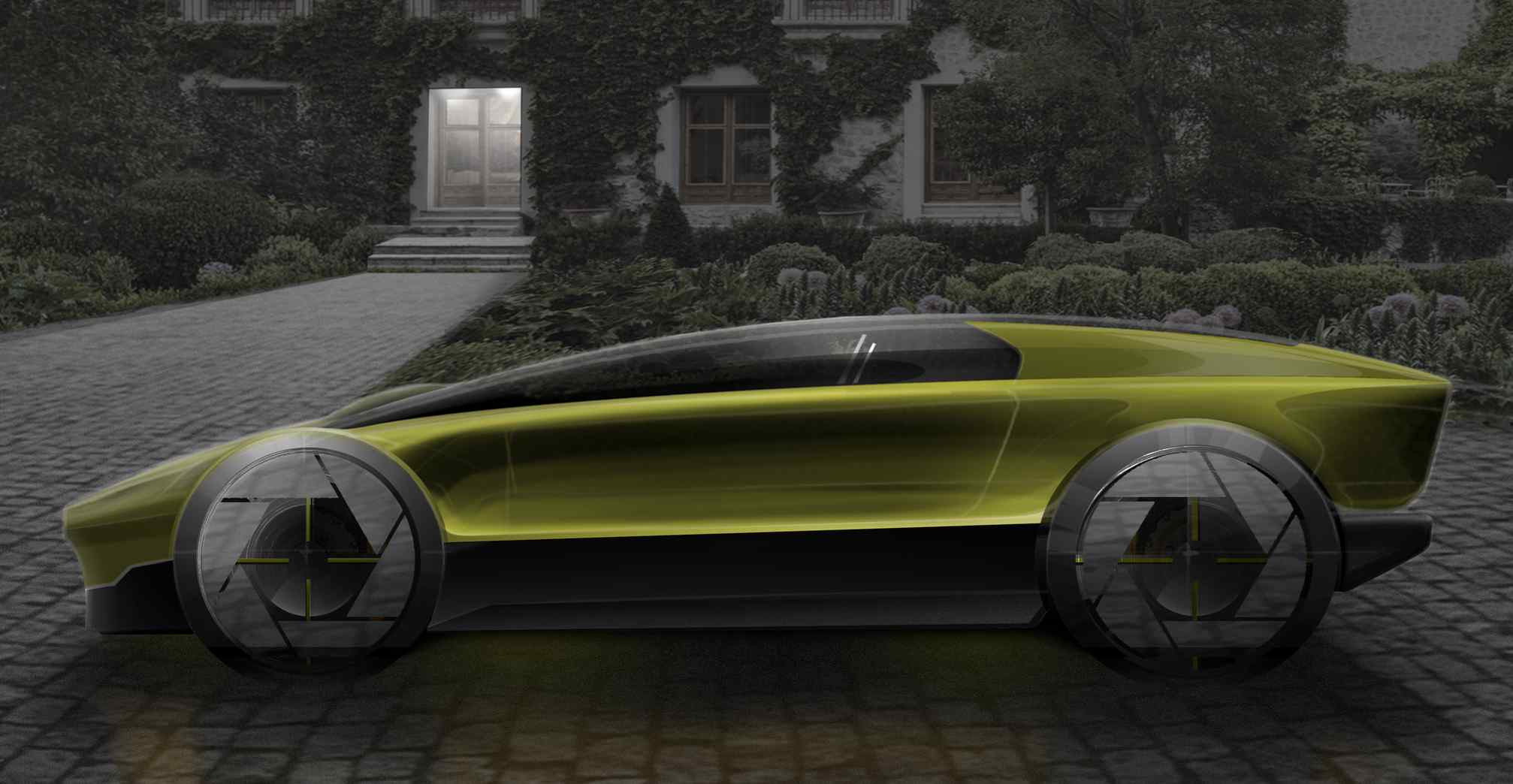
|
|
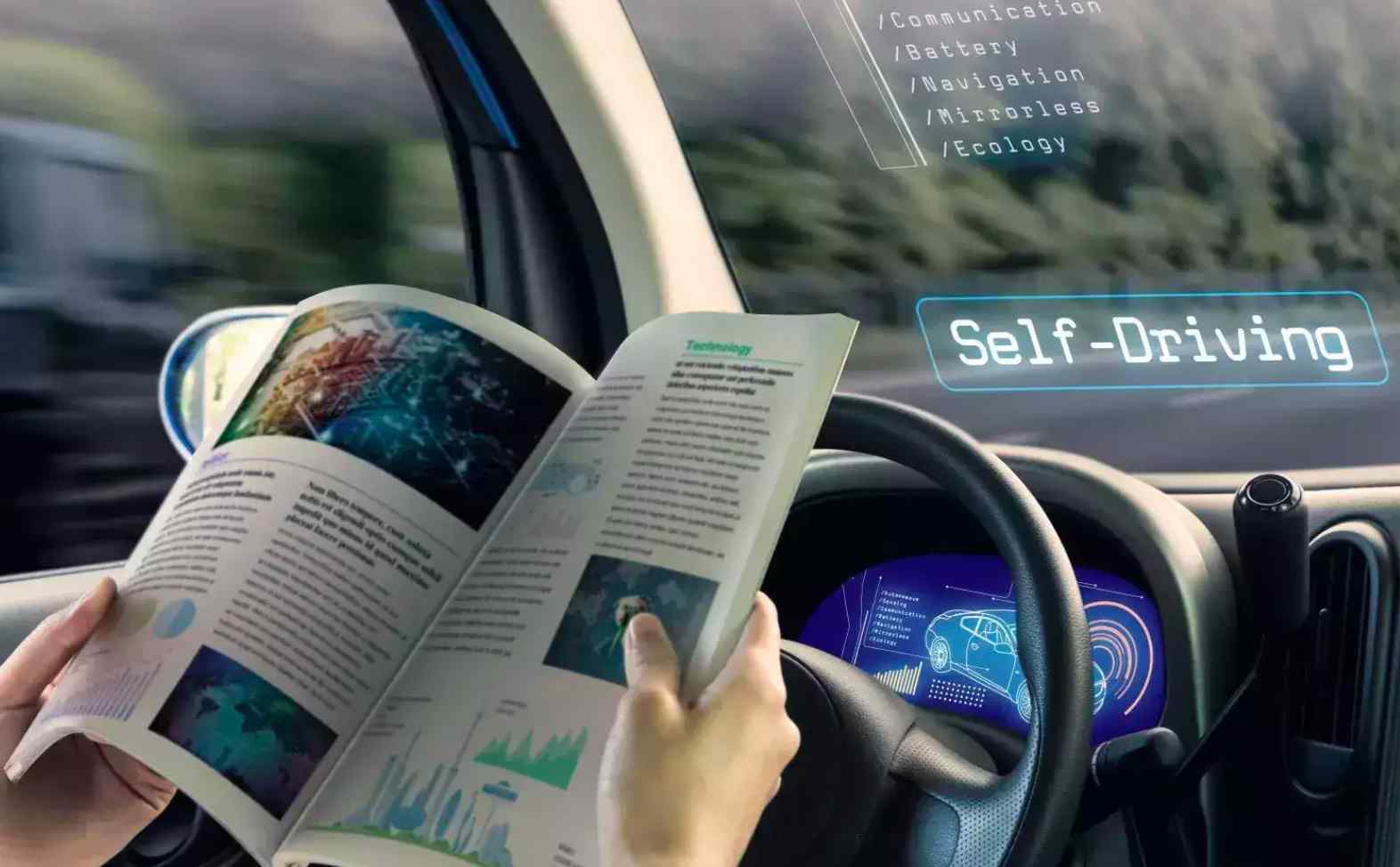
|
|
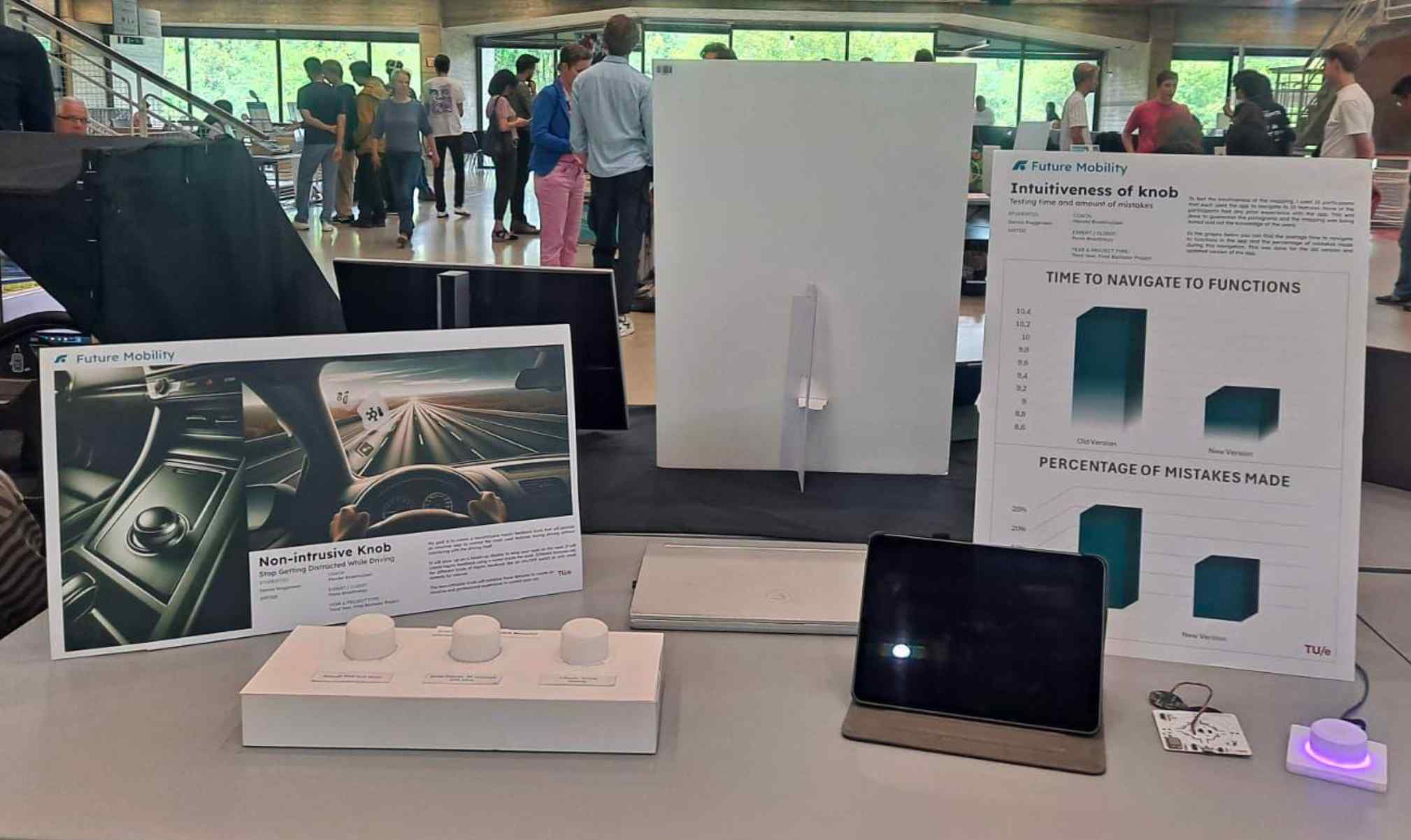
|
|

|
|
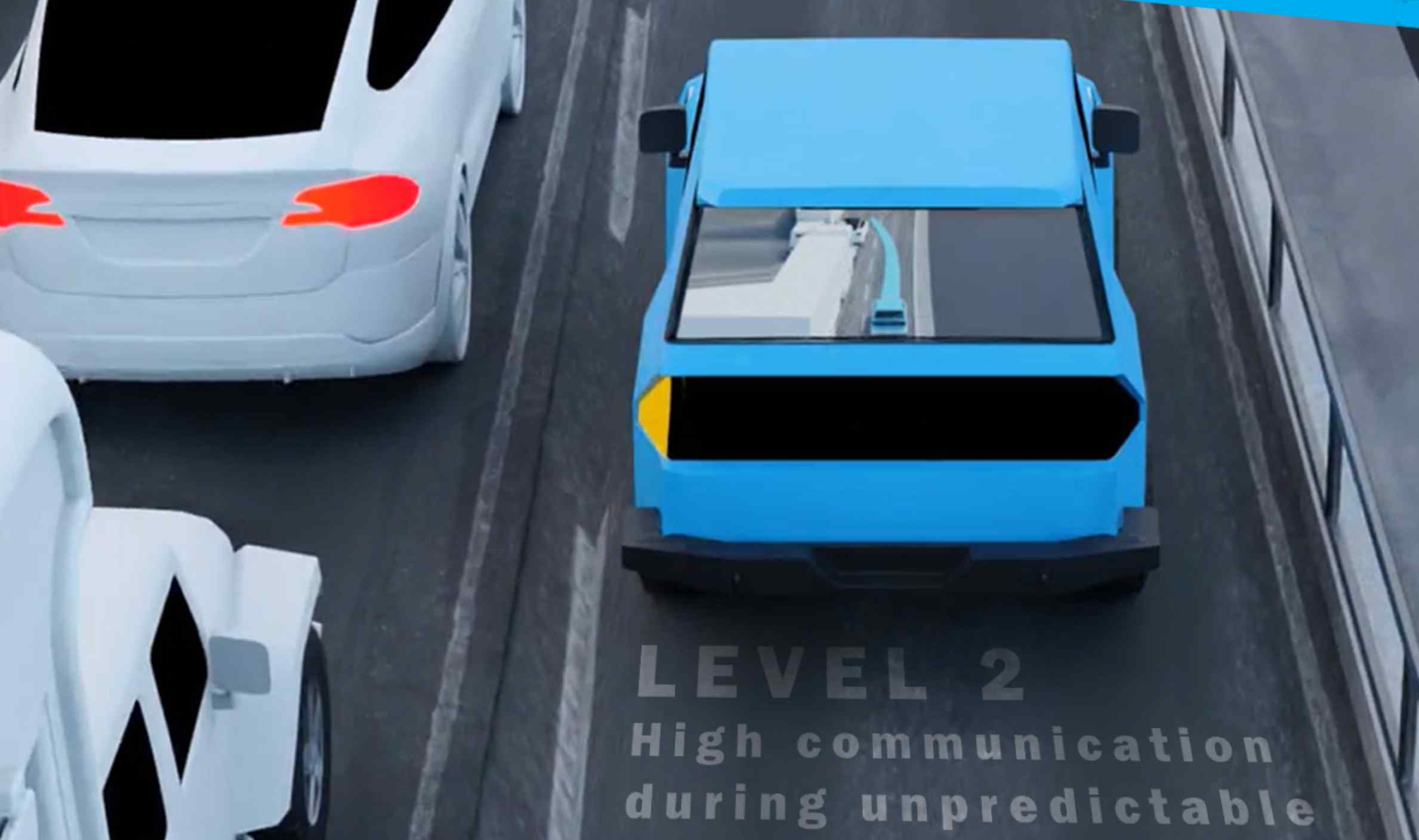
|
|
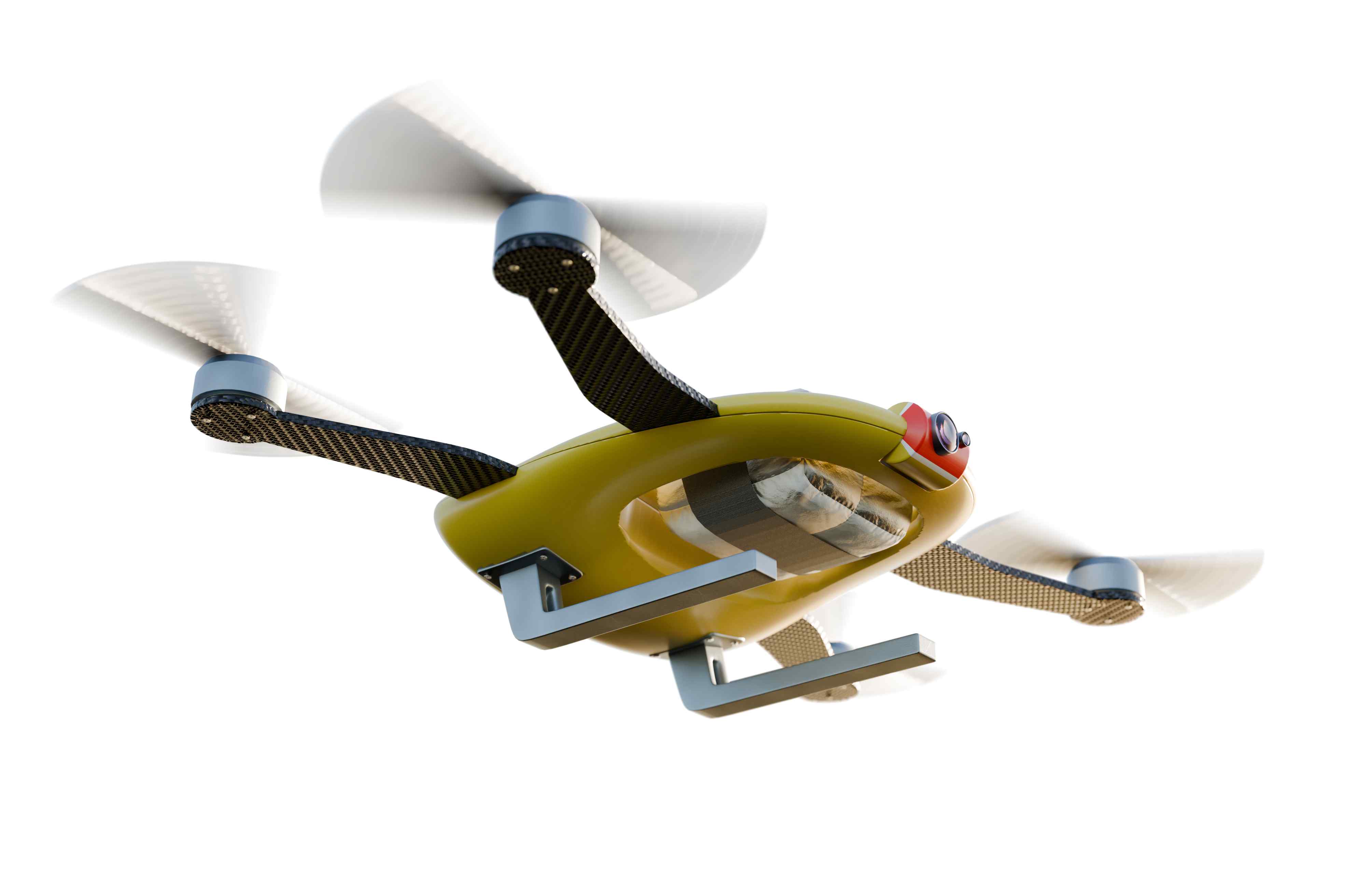
|
|
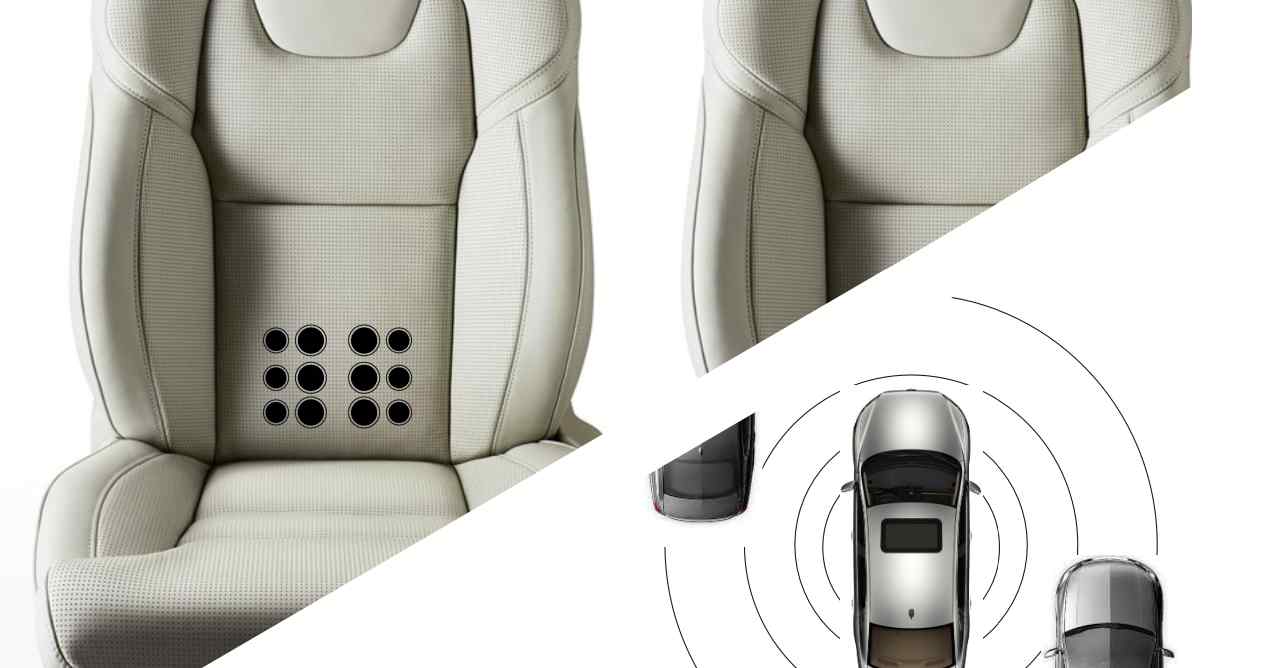
|
|
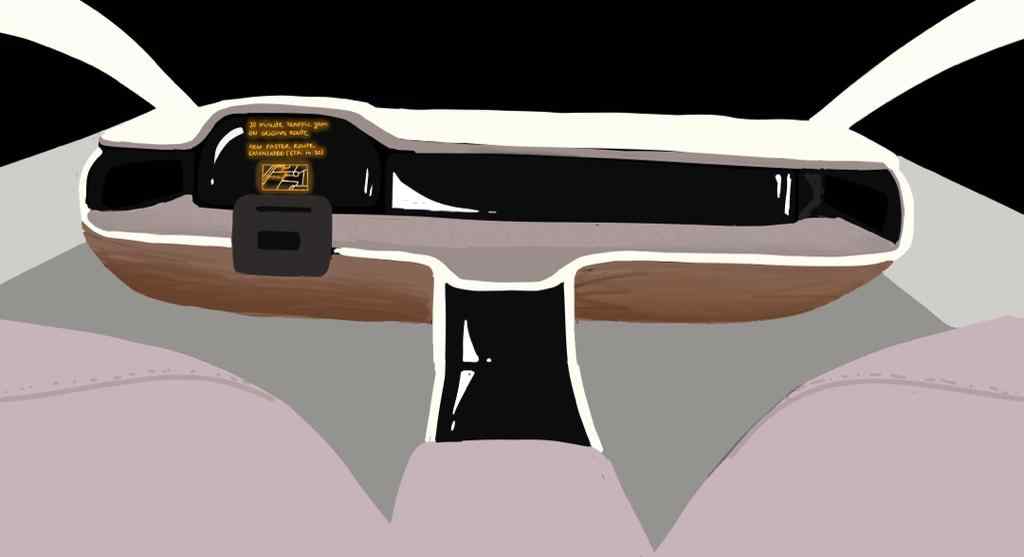
|
|
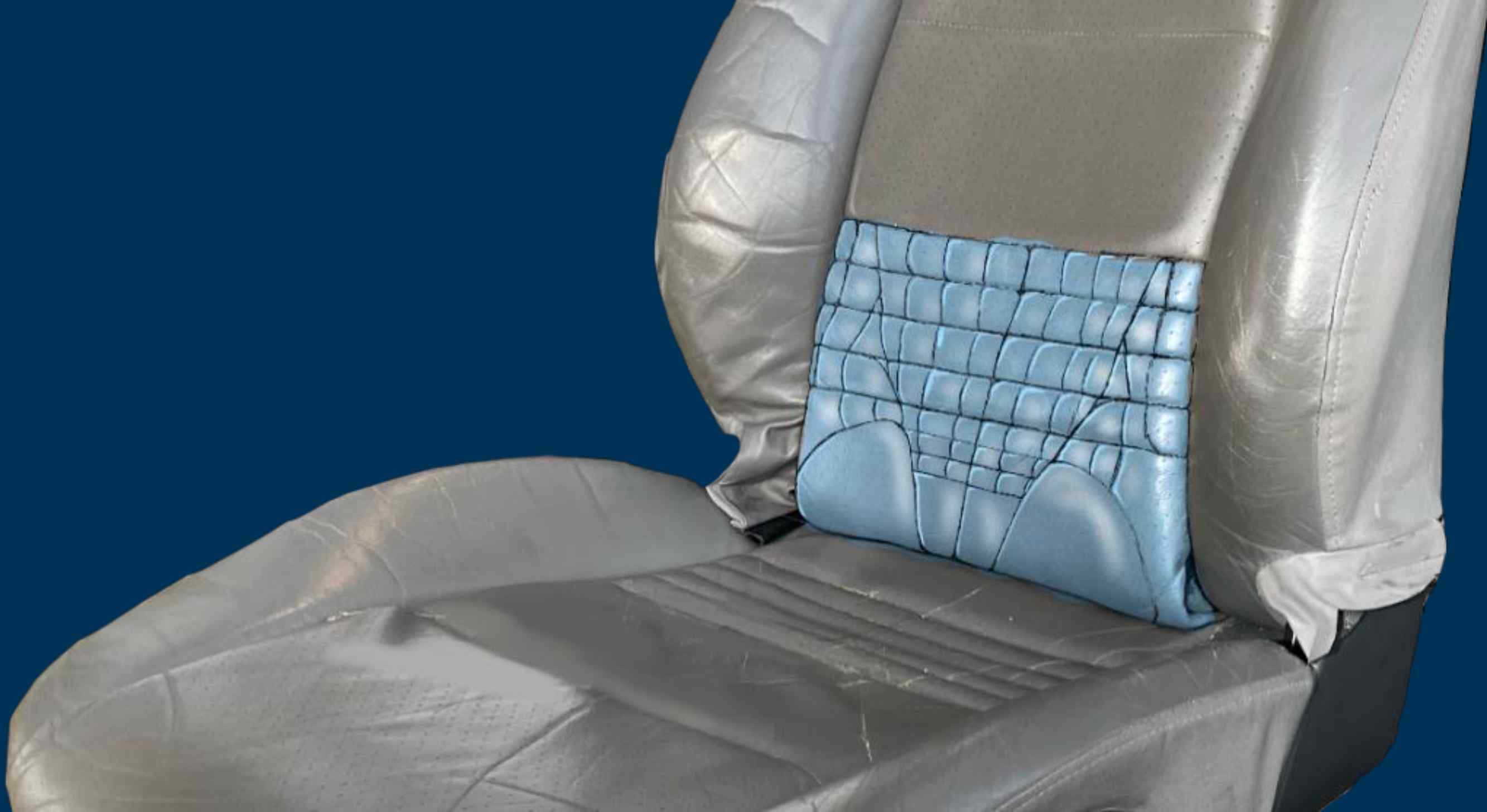
|
|
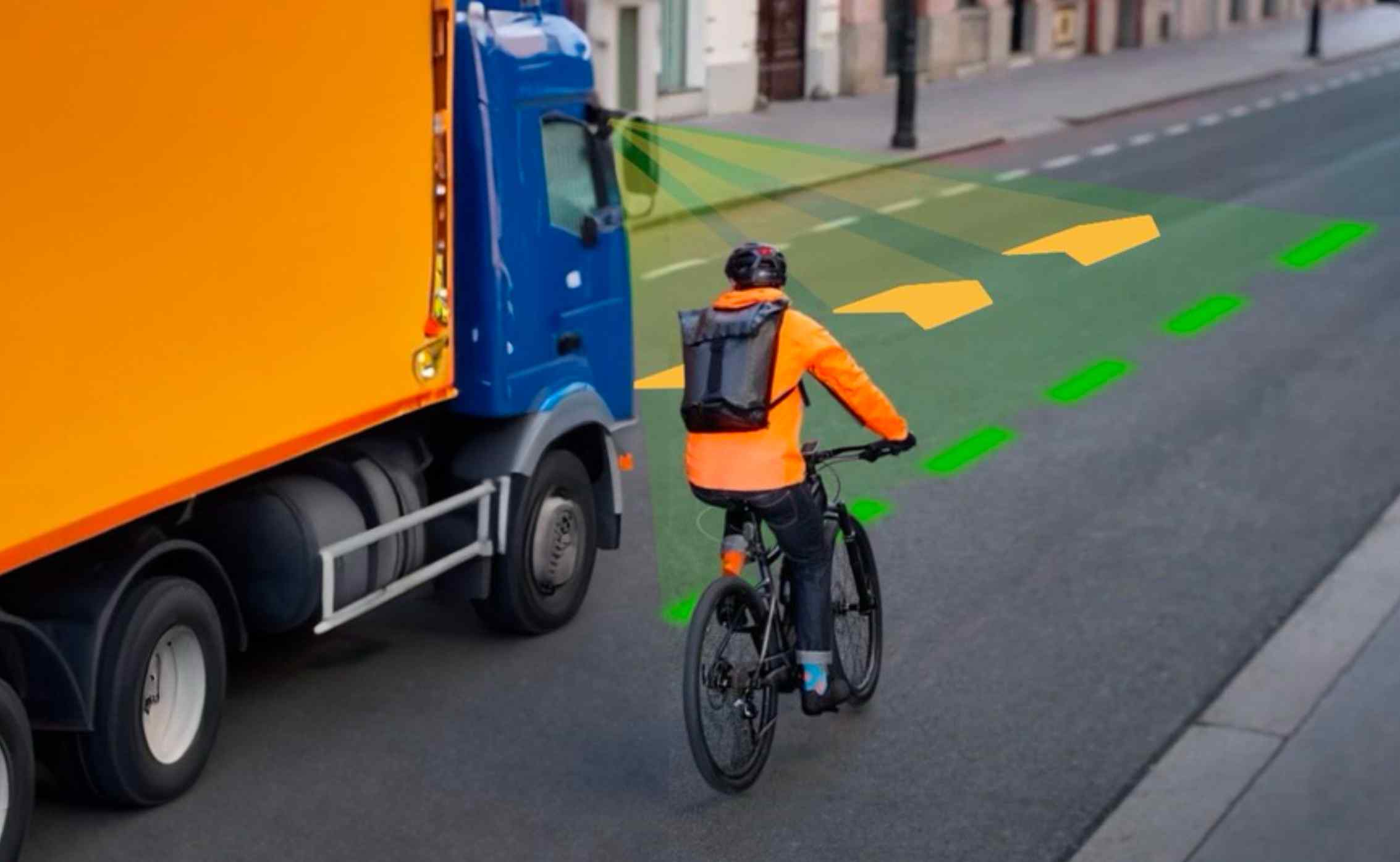
|
|
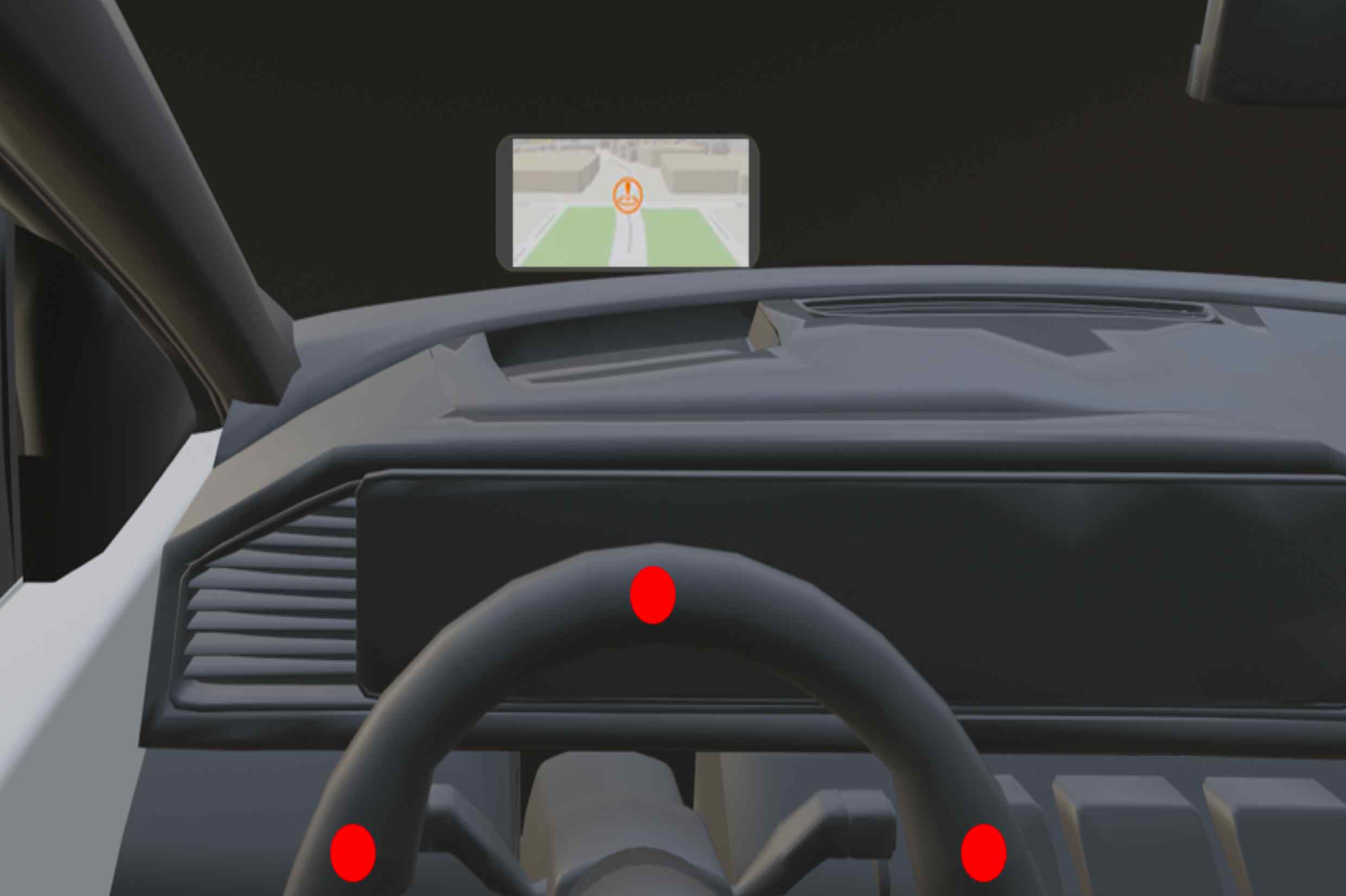
|
11. Blackspot by
Emir Kadric
(2023).
Stimulating drivers to adopt an active scan pattern at blackspot intersections.
|
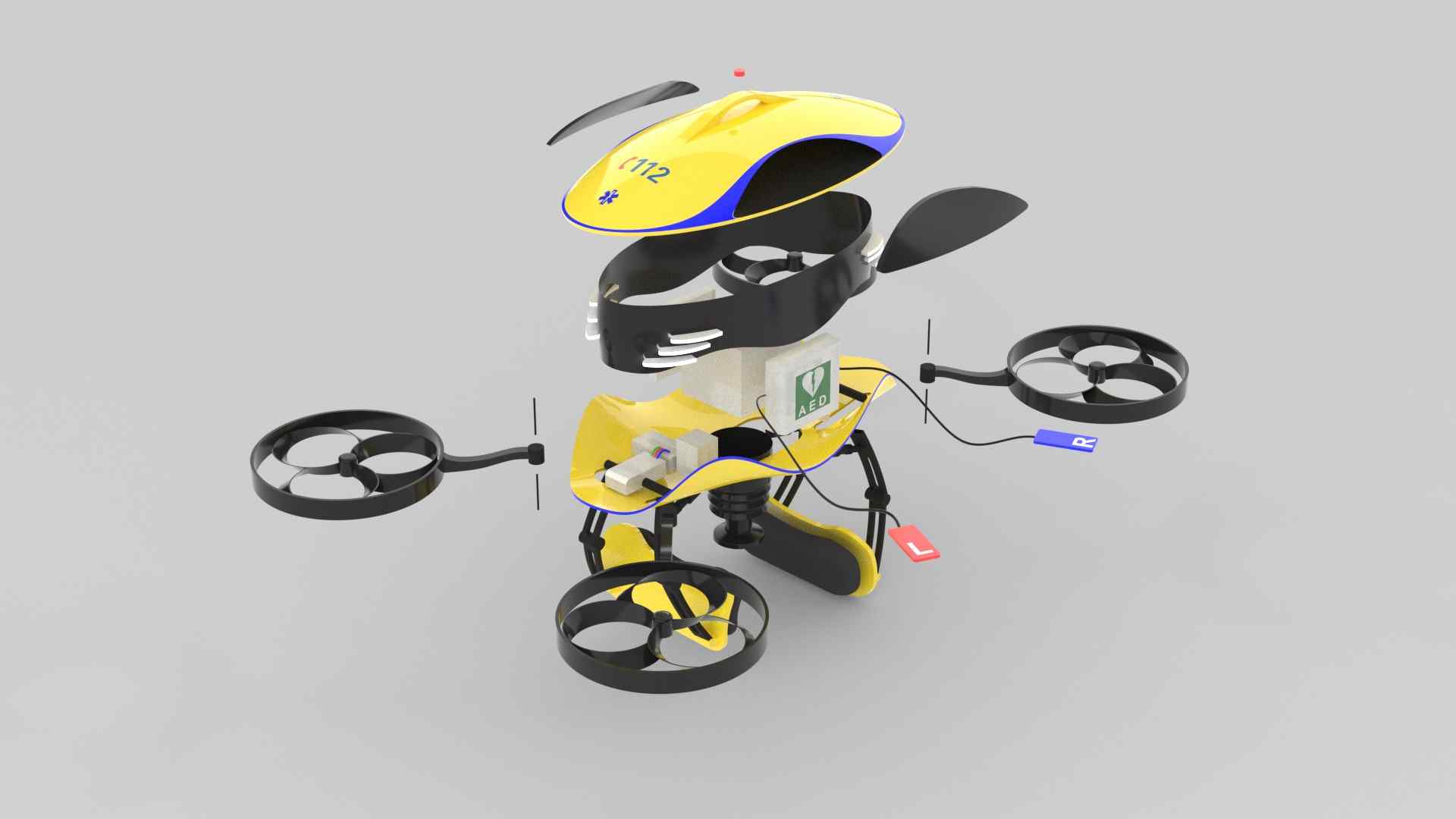
|
|
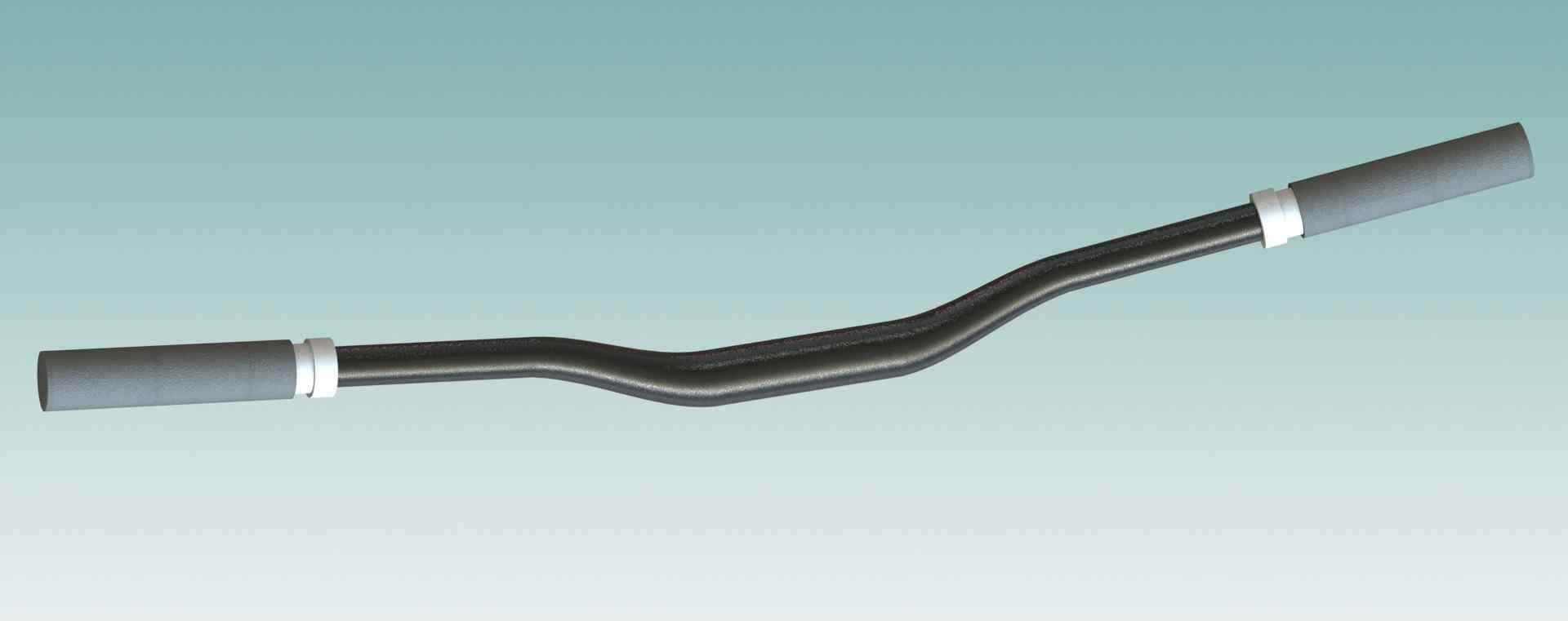
|
|
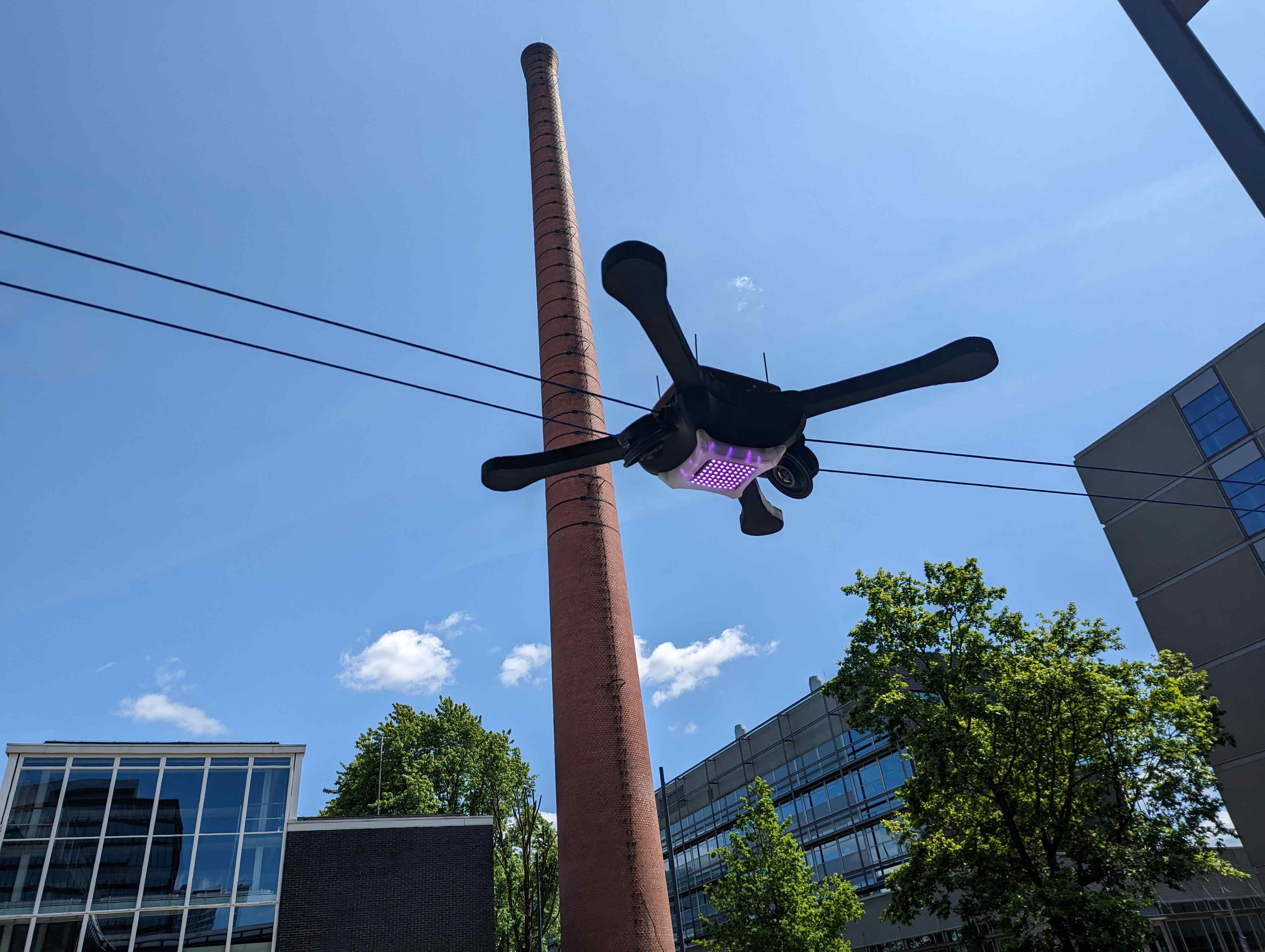
|
|
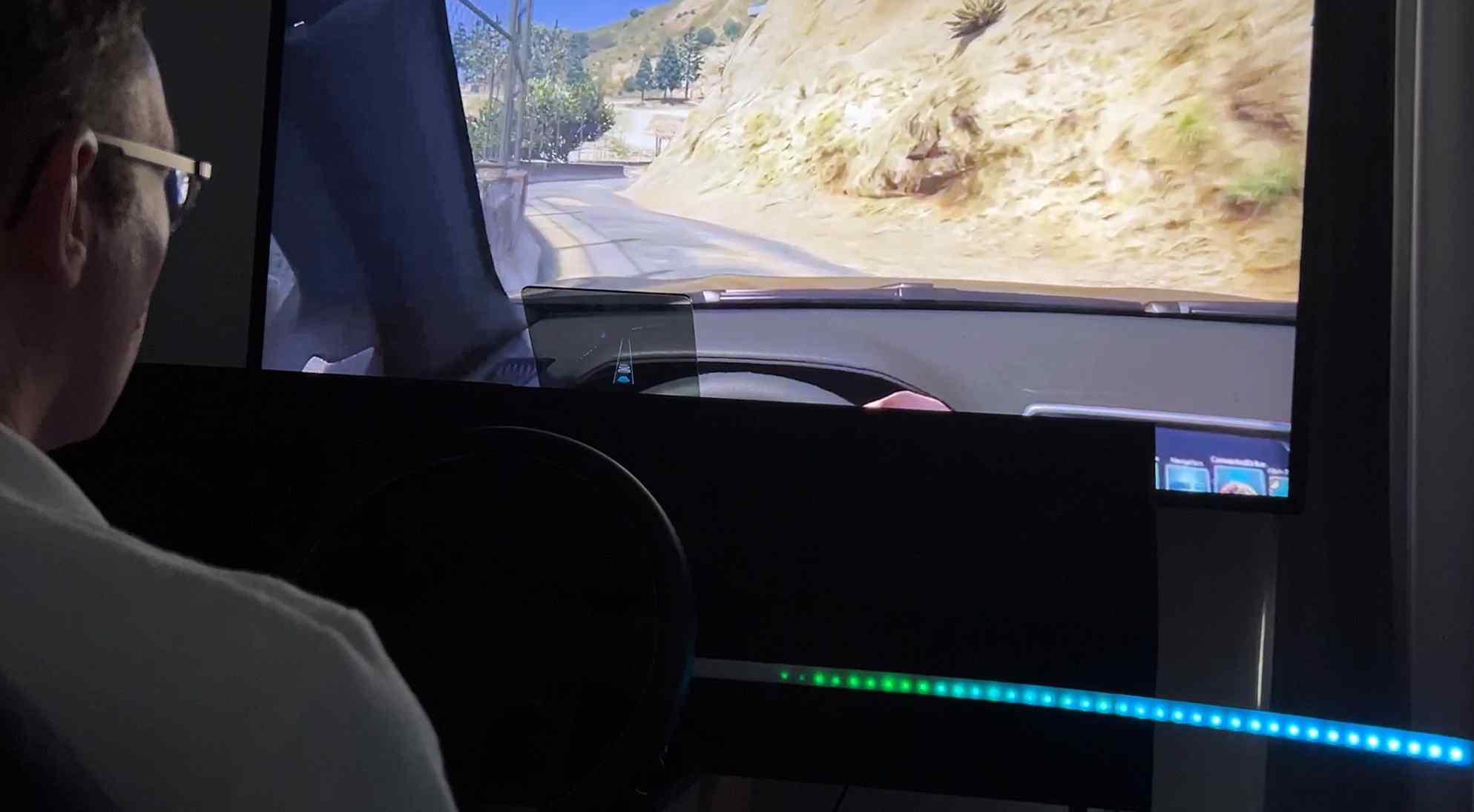
|
|
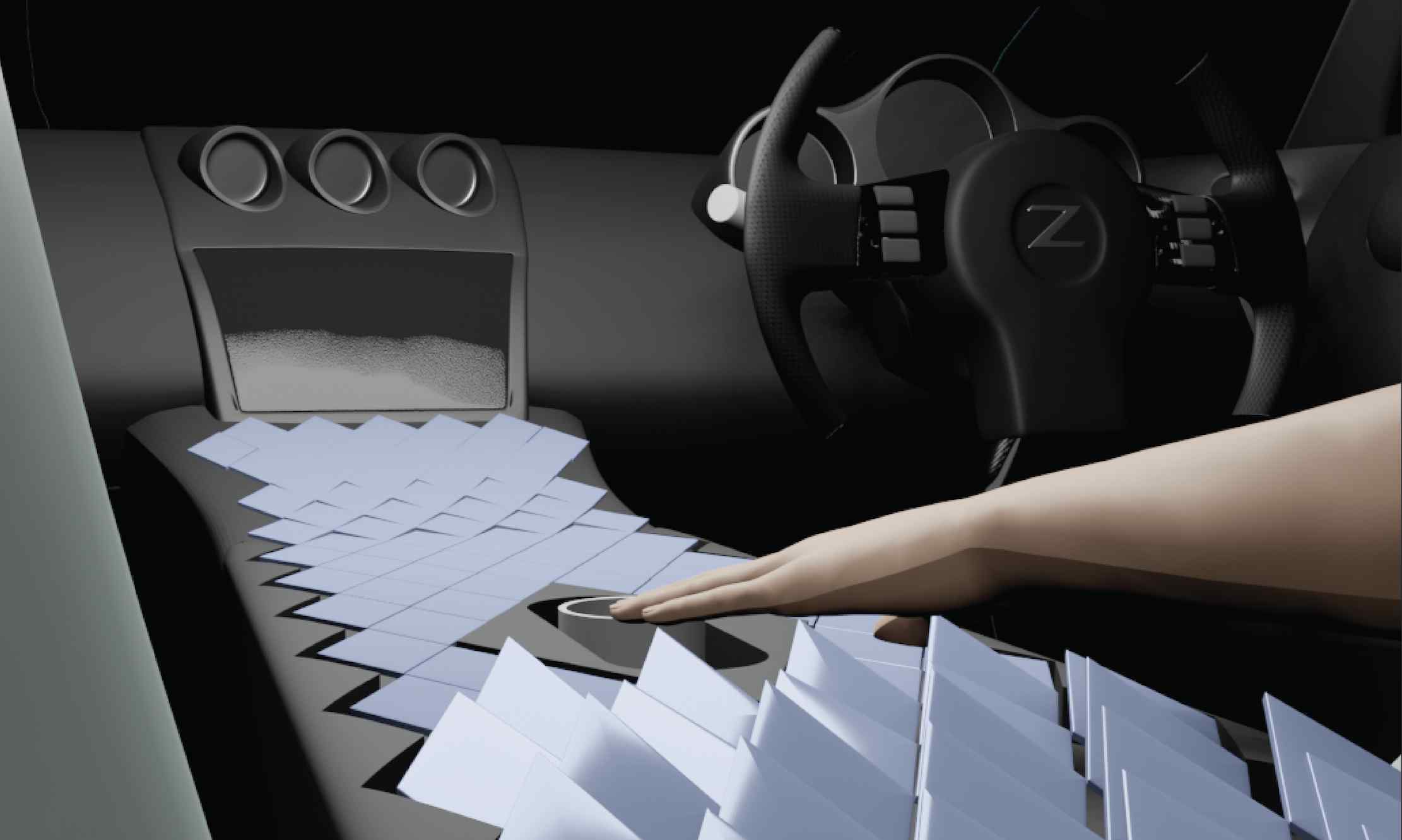
|
16. CURB by
Luuk Schot
(2023).
Effortless bonding between AV and user.
|
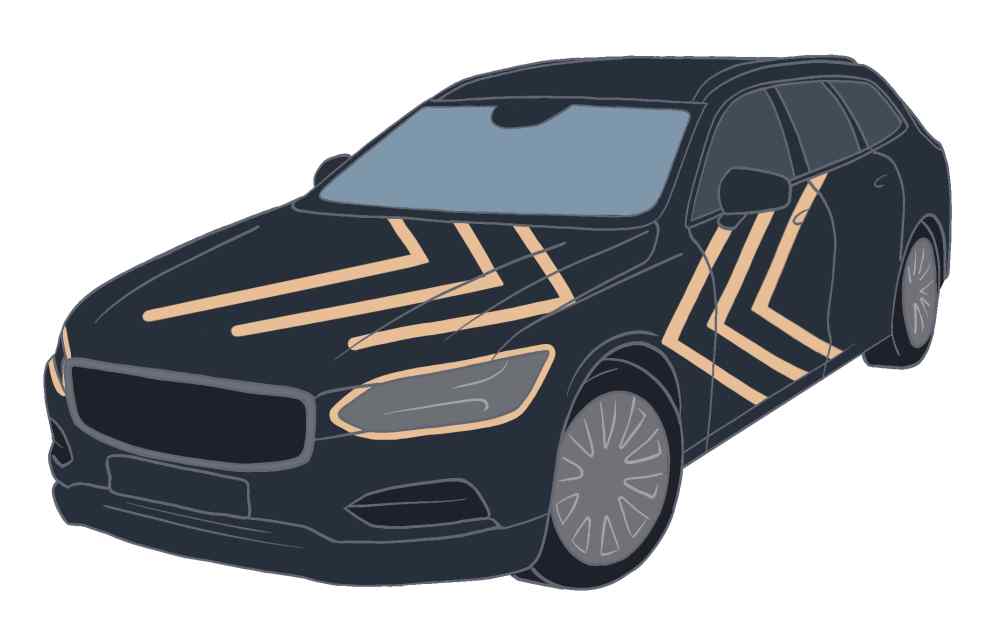
|
17. Mosi by
Floren van Barlingen,
Nicolaas Romagnoli
(2022).
Exploring external signals from automatedly driven vehicles for vulnerable road users.
|
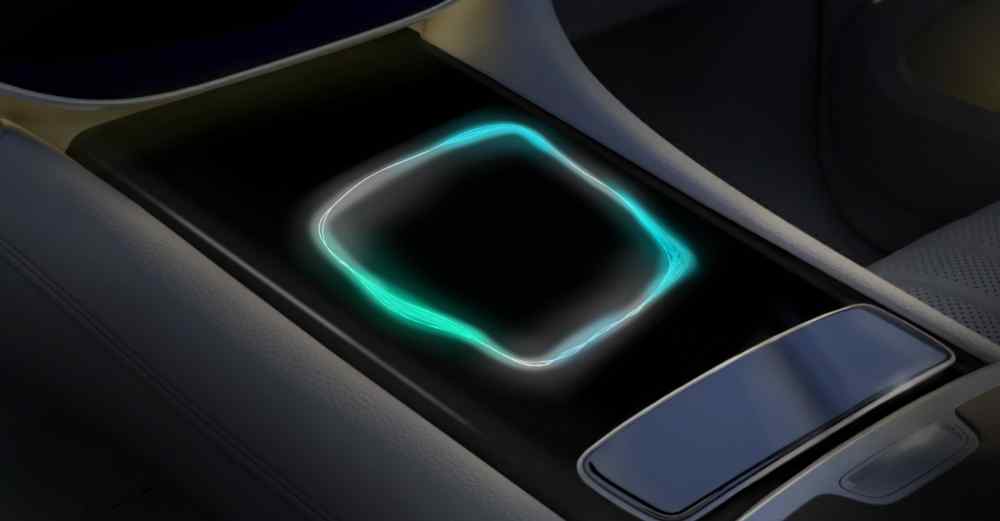
|
|
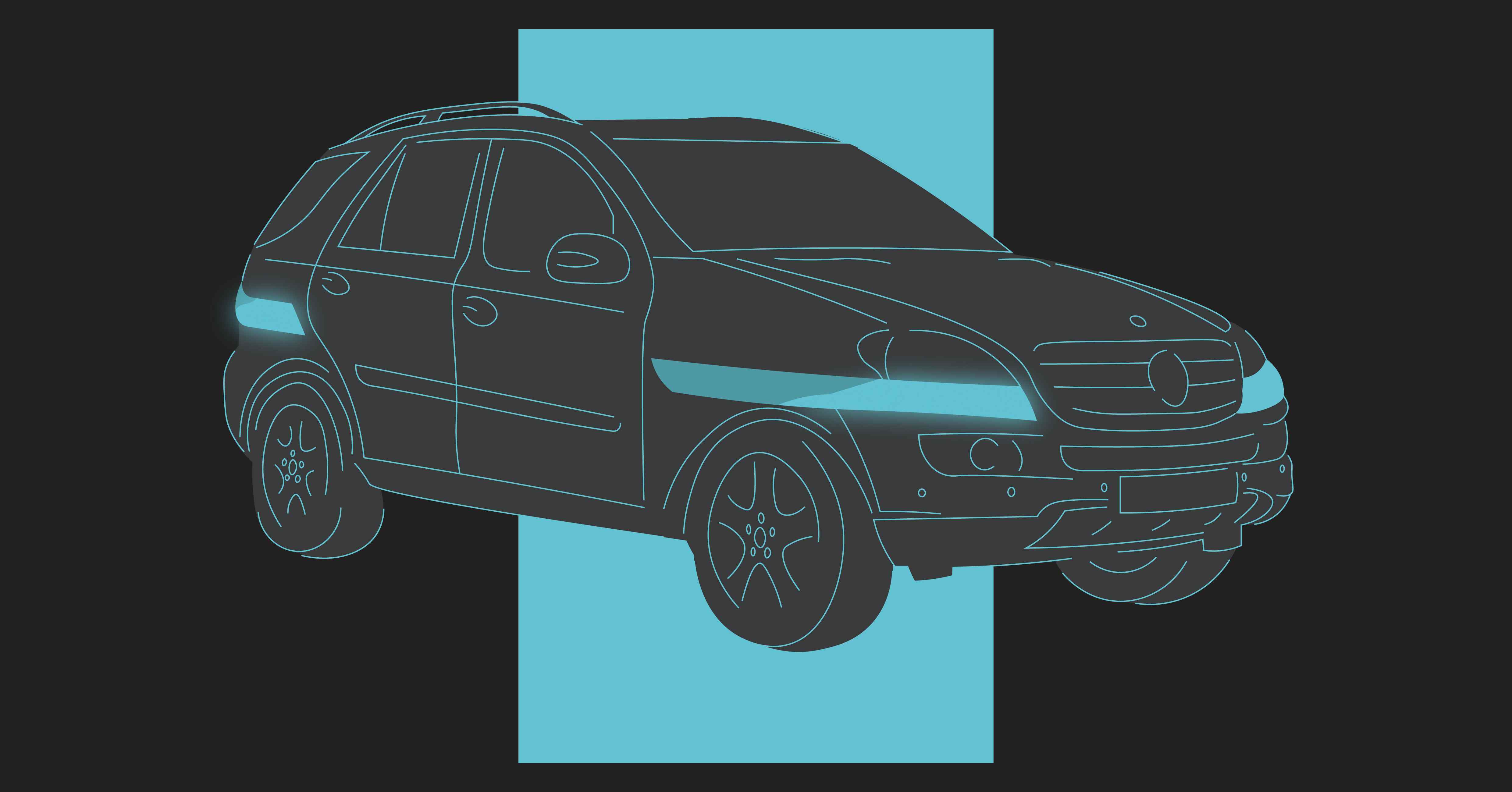
|
19. Current by
Jesper Kapteijns
(2022).
eHMI for implicit communication of actual and intended kinetic motion patterns of a vehicle.
|
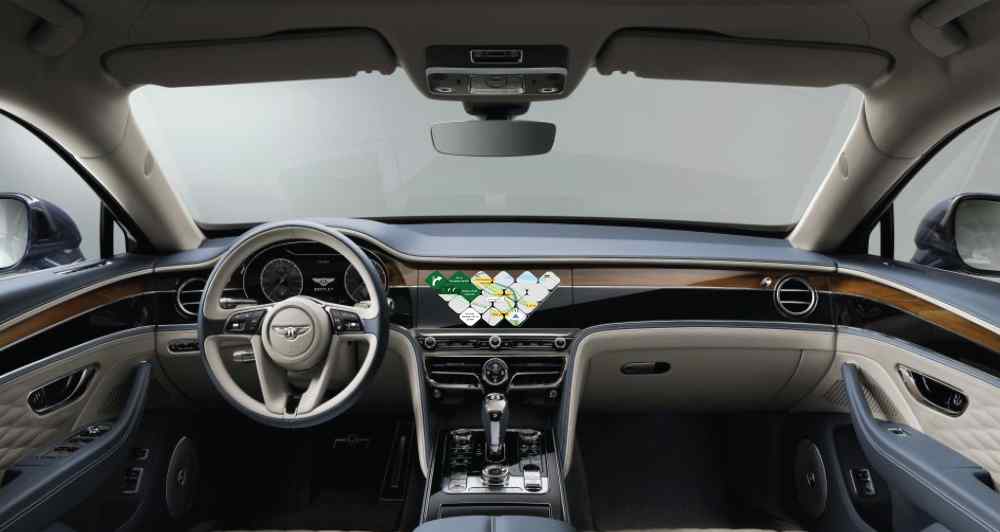
|
|
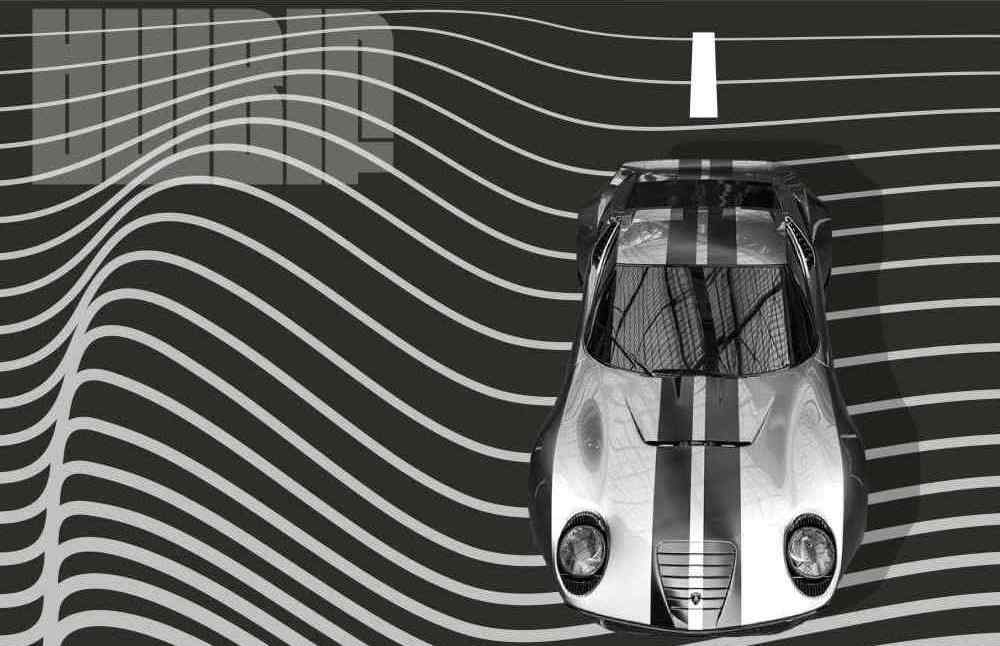
|
21. AMBIT by
Helder Stompff
(2022).
Designing the Transition period between a manual driven present, and automated future.
|
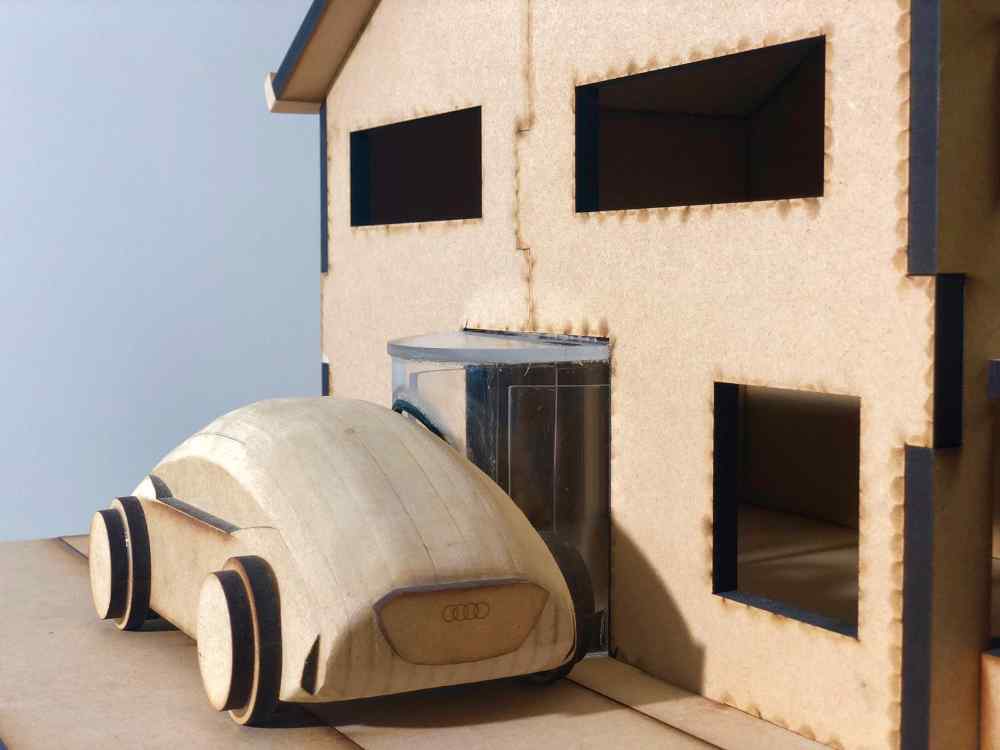
|
22. Unity by
Moos van der Bijl
(2020).
A mobility vision concept, which combines the aspects of both car and house by a physical connection.
|
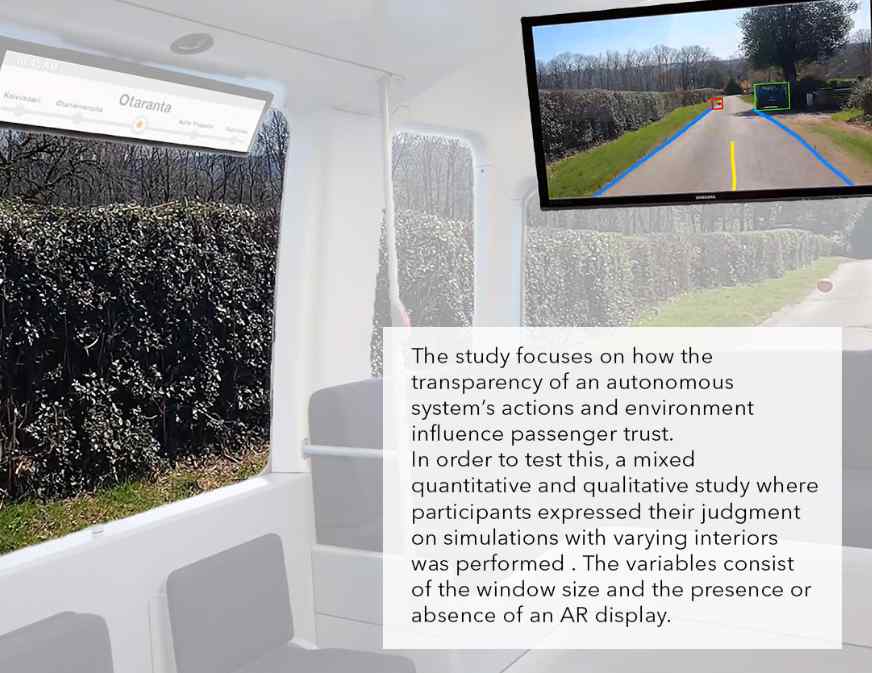
|
|
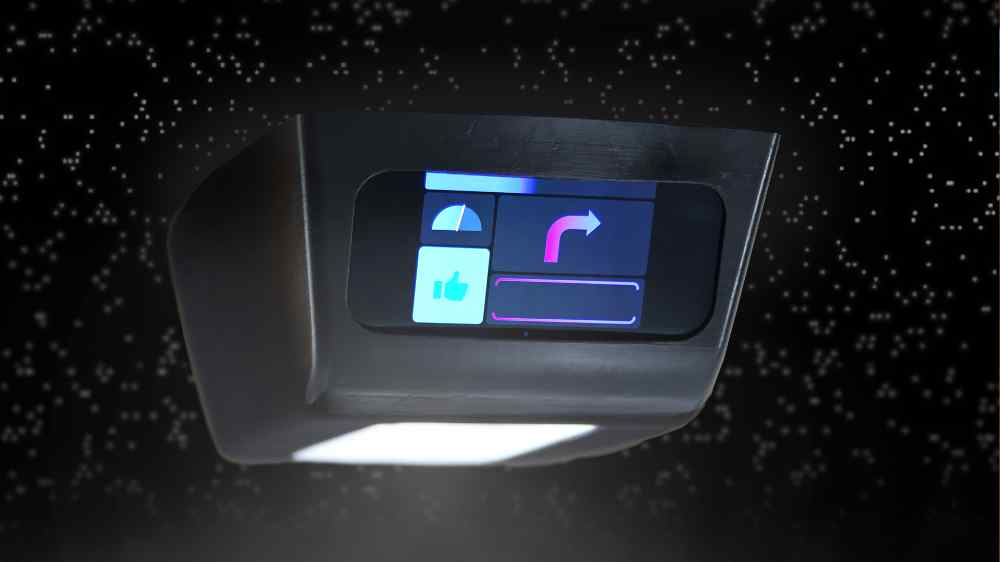
|
|

|
|
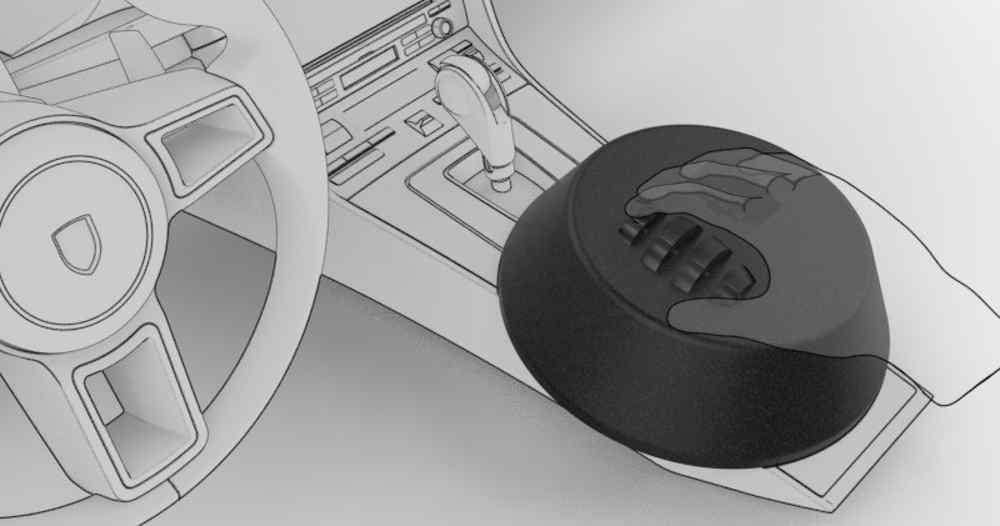
|
|
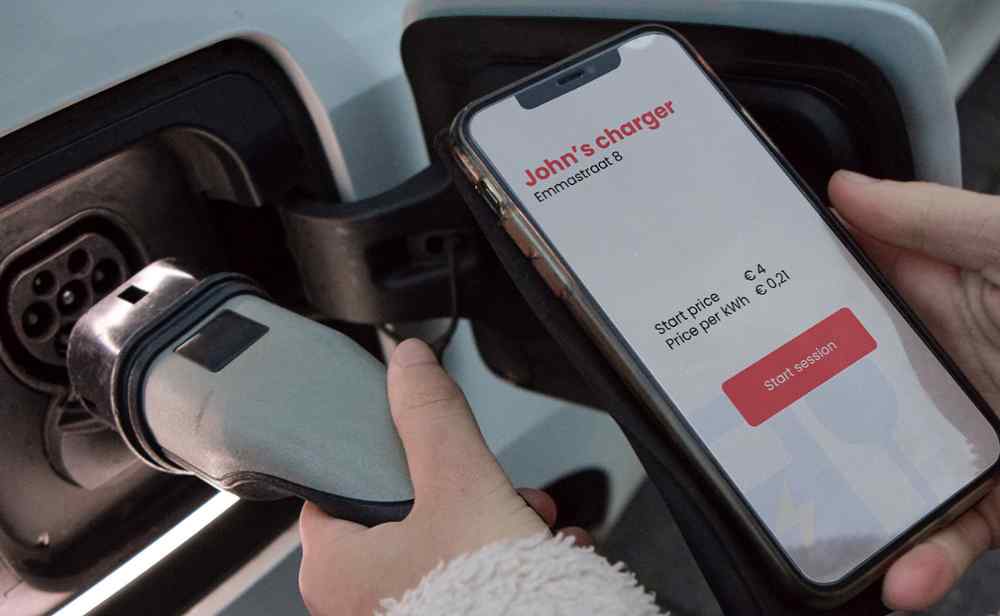
|
|
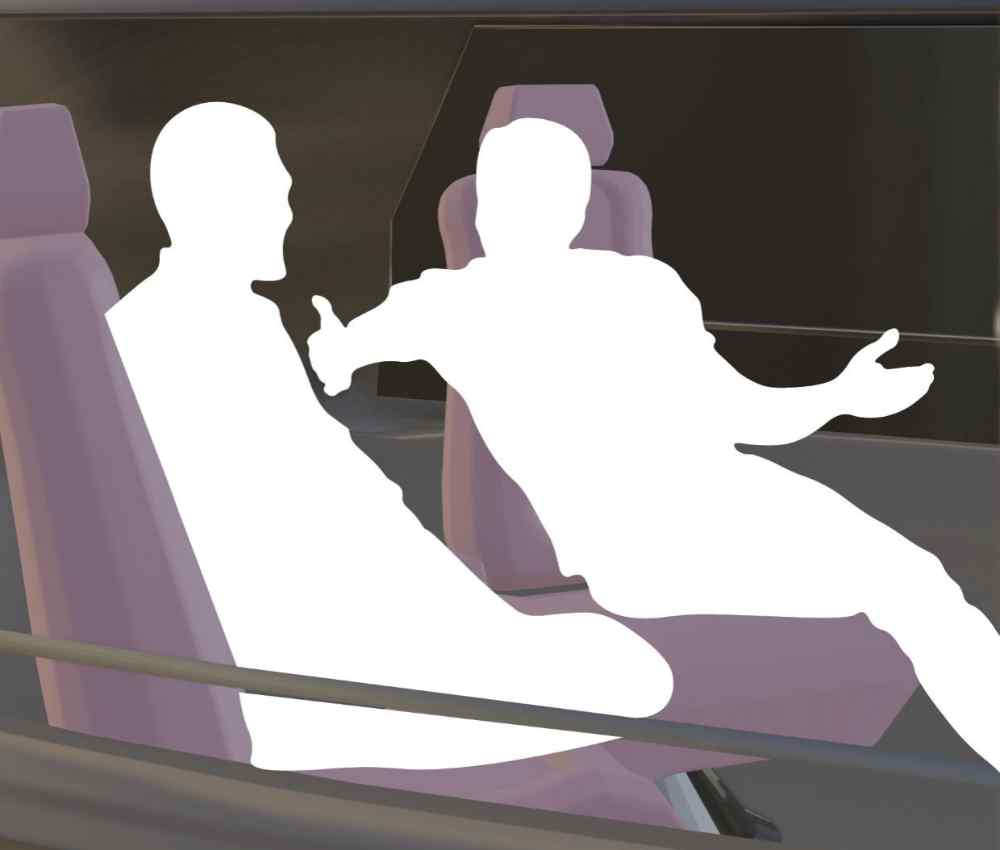
|
|
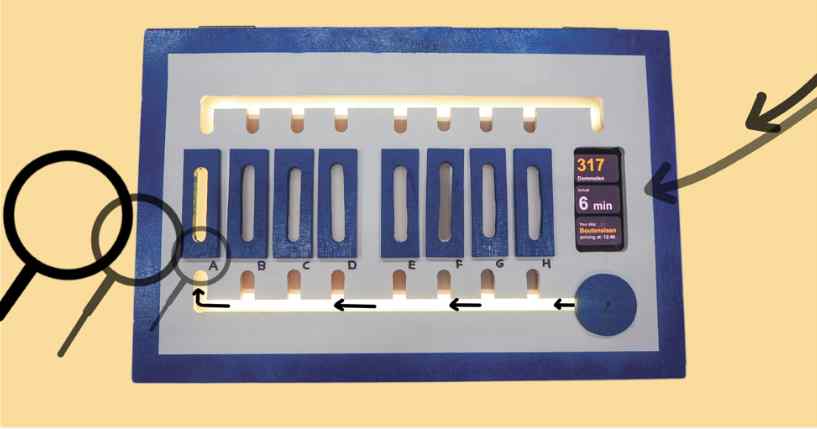
|
|
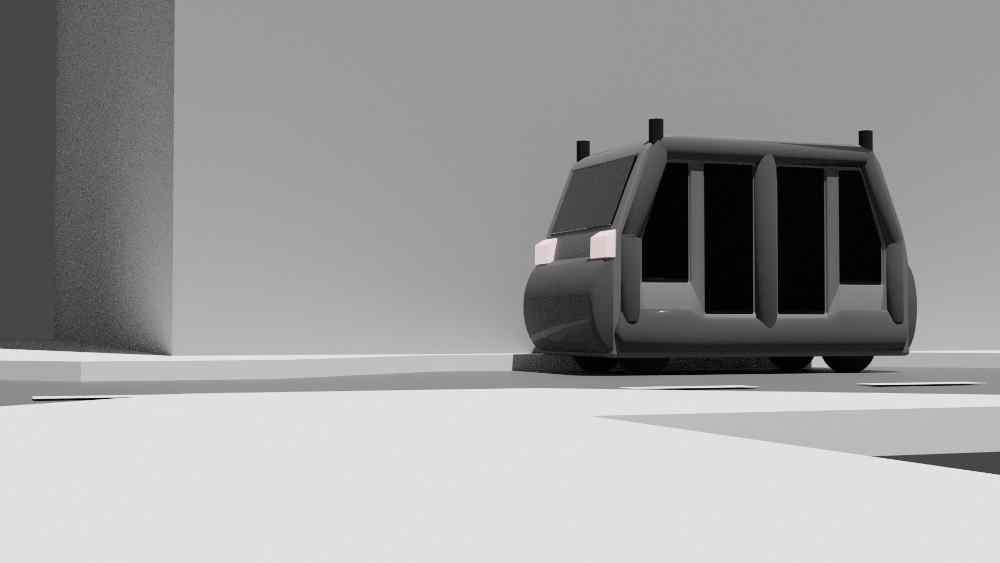
|
|
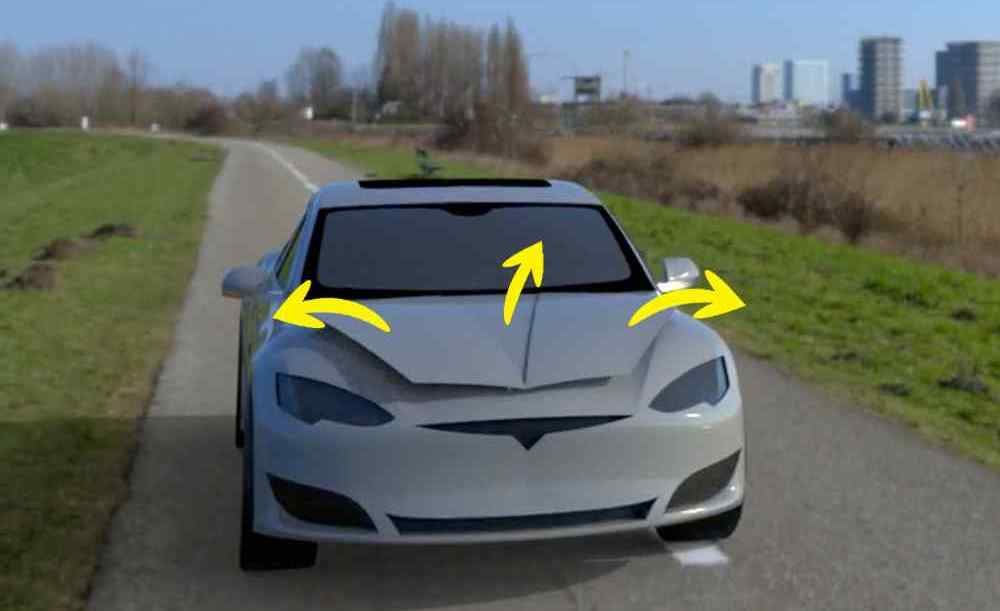
|
|
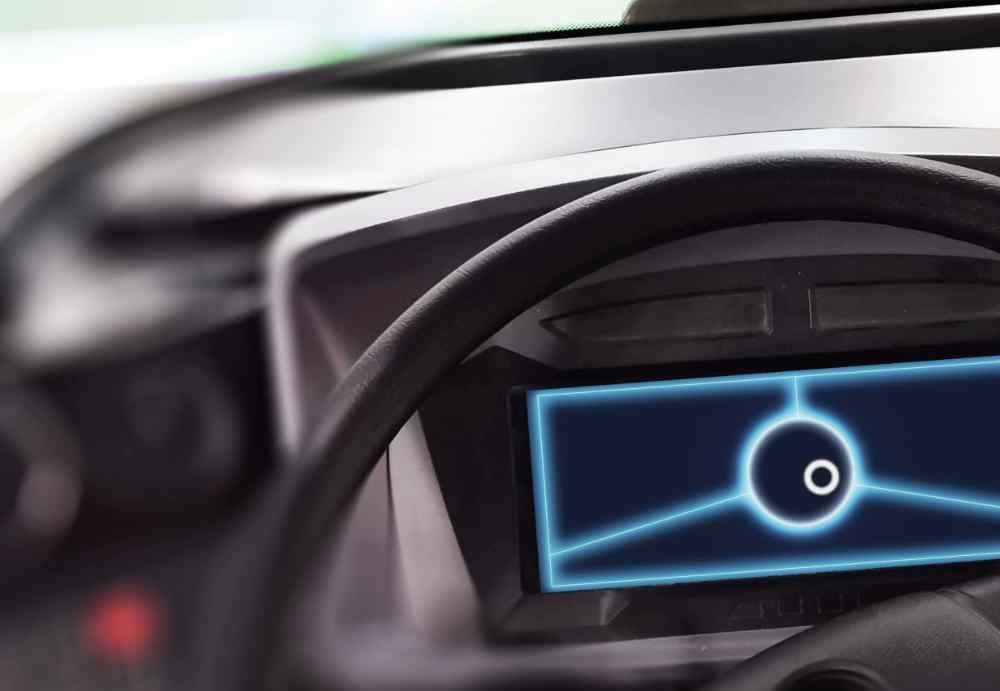
|
|
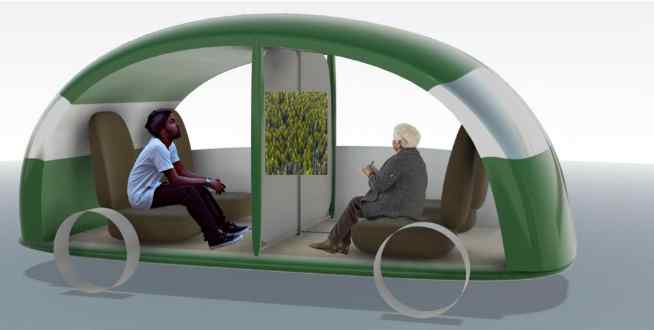
|
|
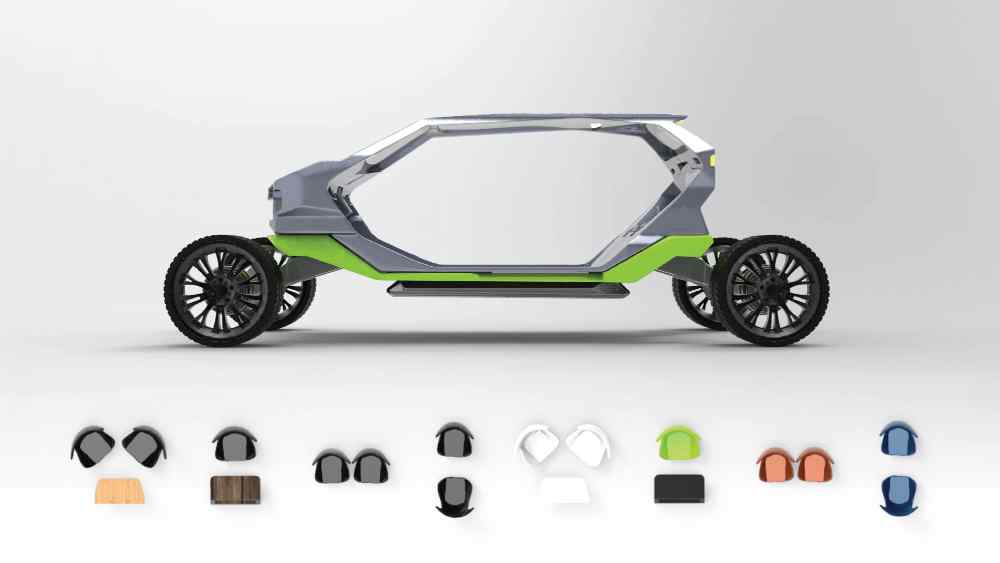
|
|
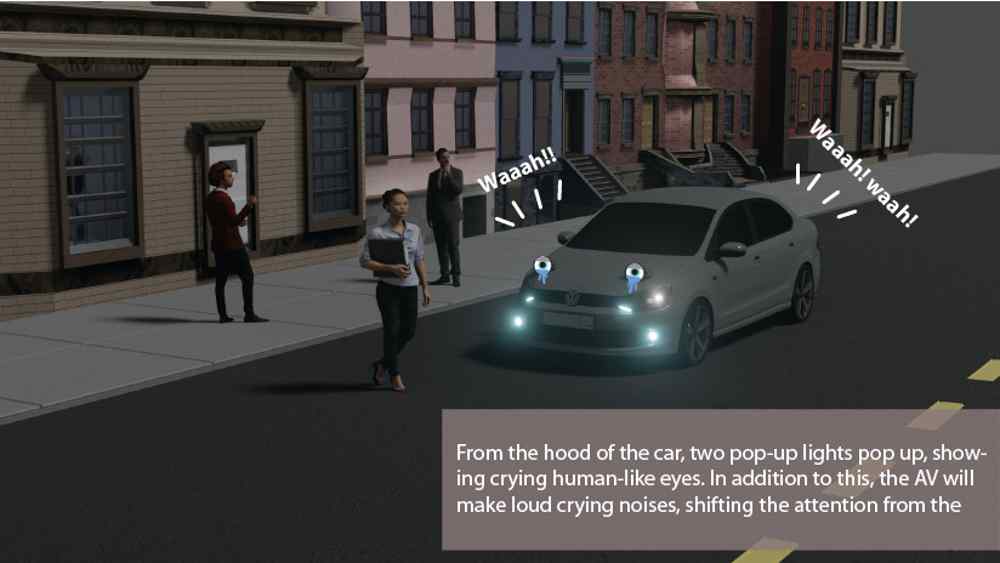
|
|
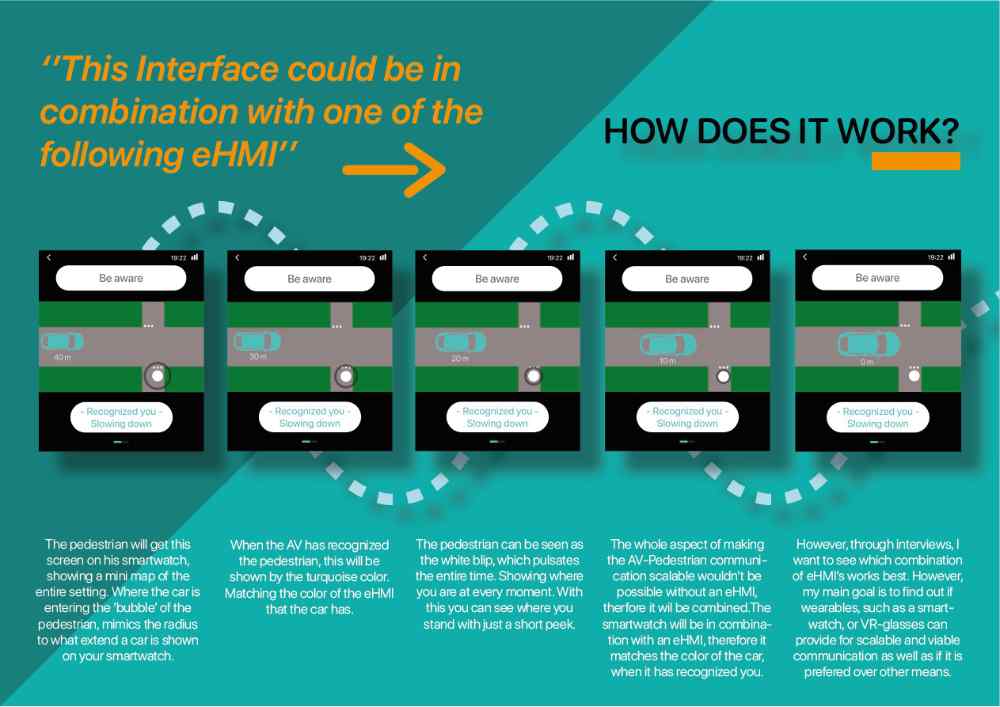
|
|
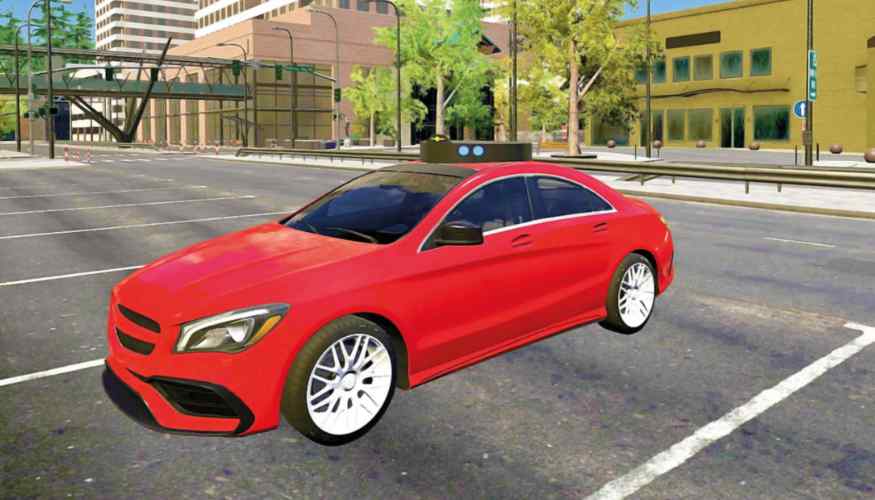
|
37. OUTERFACE by
Rutger Verstegen
(2020).
A 360-degree rooftop interface to communicate to let automated vehicles communicate to the outside.
|
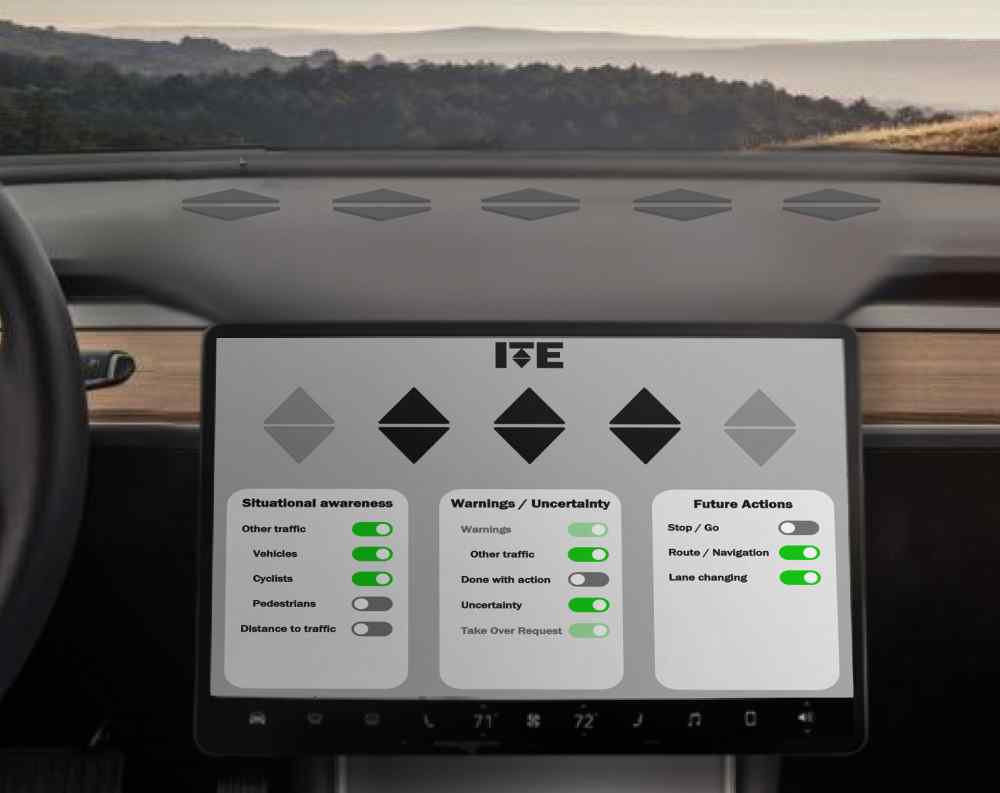
|
38. ITE by
Yorn Thijssen
(2020).
Continuous flow of personalized information through elements integrated in the dashboard of the car.
|
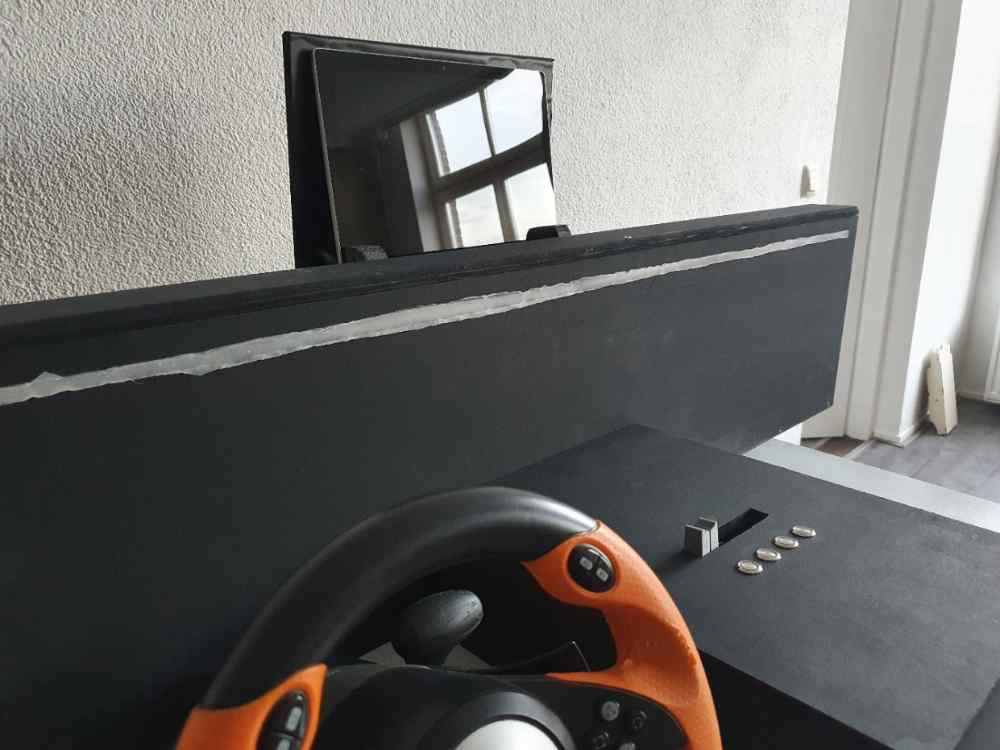
|
39. InShift by
Anil Eranil
(2020).
Minimisation of distractions from the infotainment system by involving the front seat passenger and having them act as the co-driver.
|
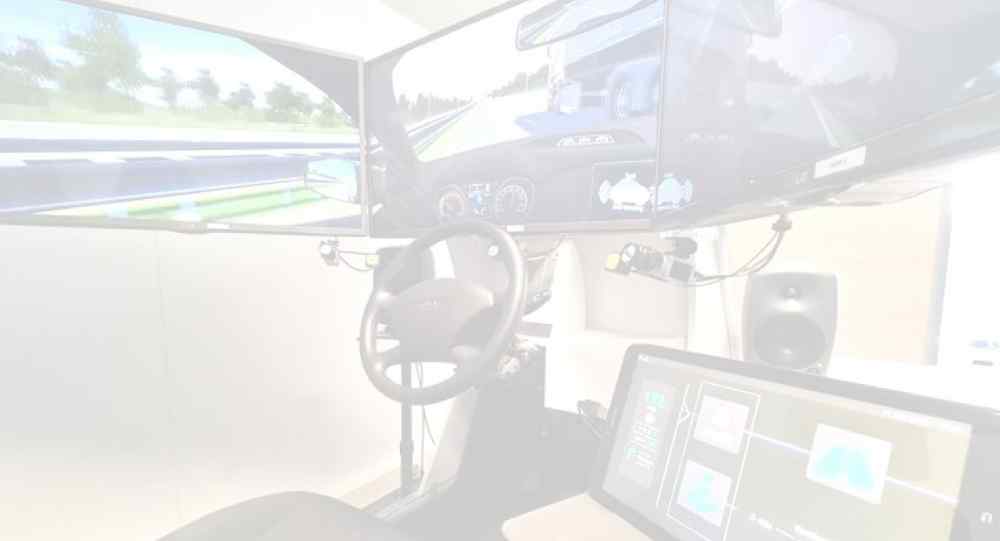
|
|
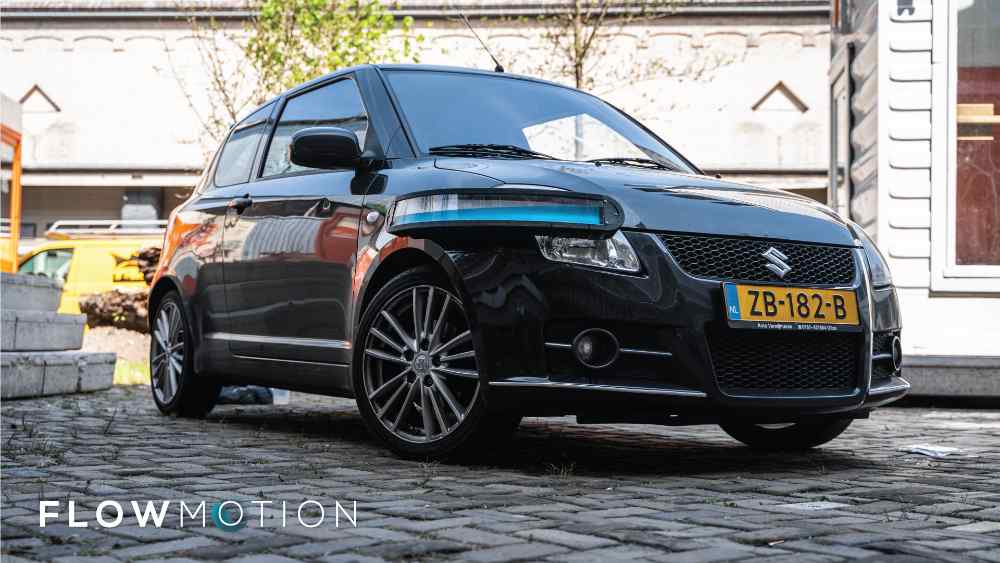
|
|
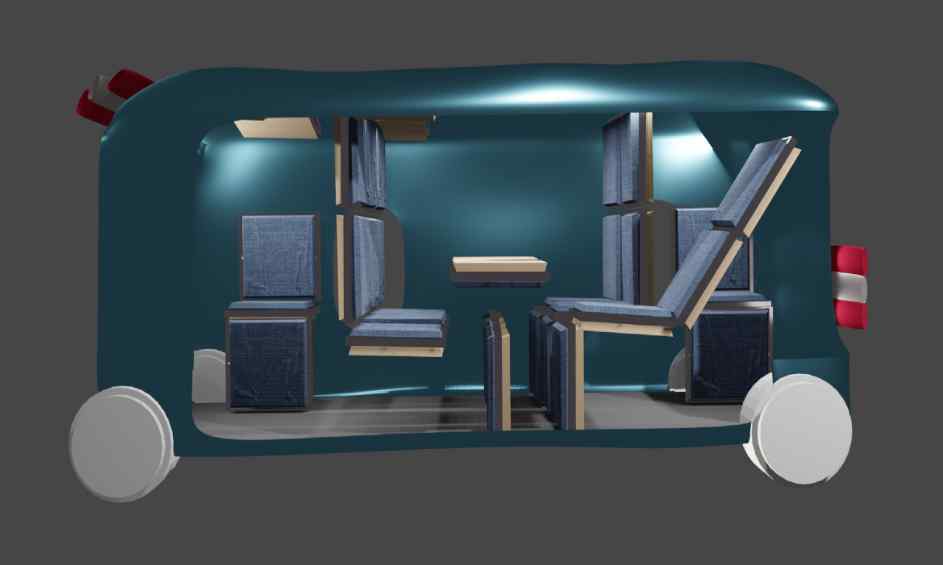
|
|
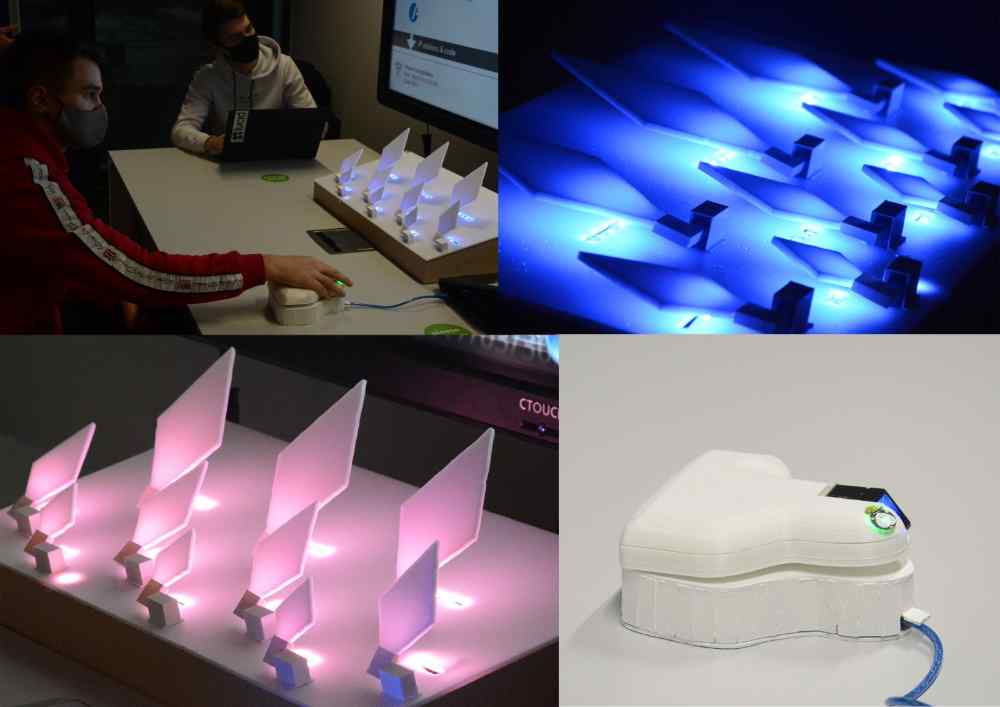
|
|
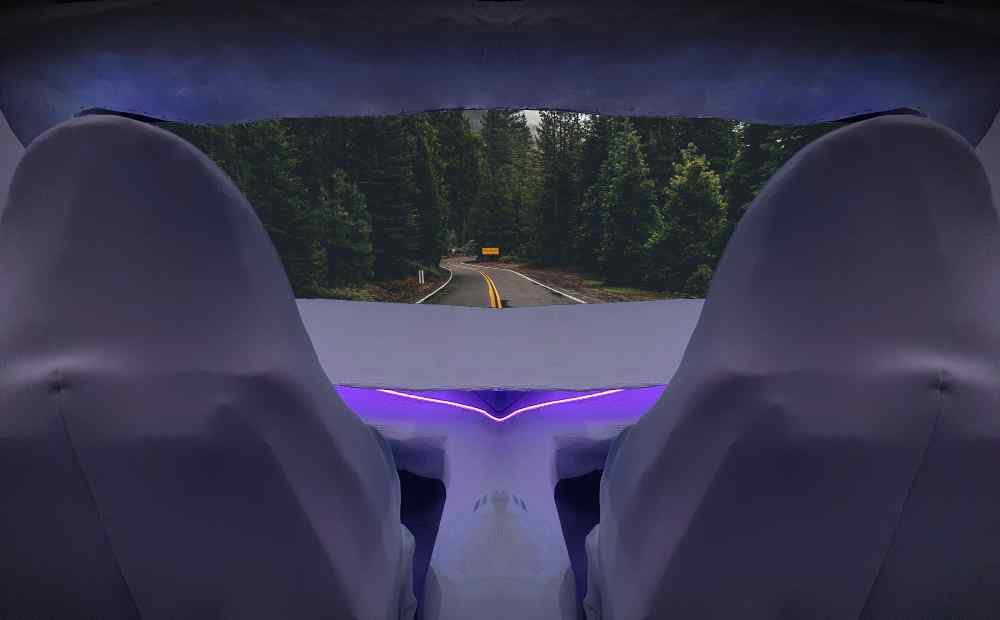
|
44. AVTR HOAN by
Liang Hsiang
(2020).
Transformation of the Mercedes-Benz Vision AVTR through an adaptive interior ambiance.
|
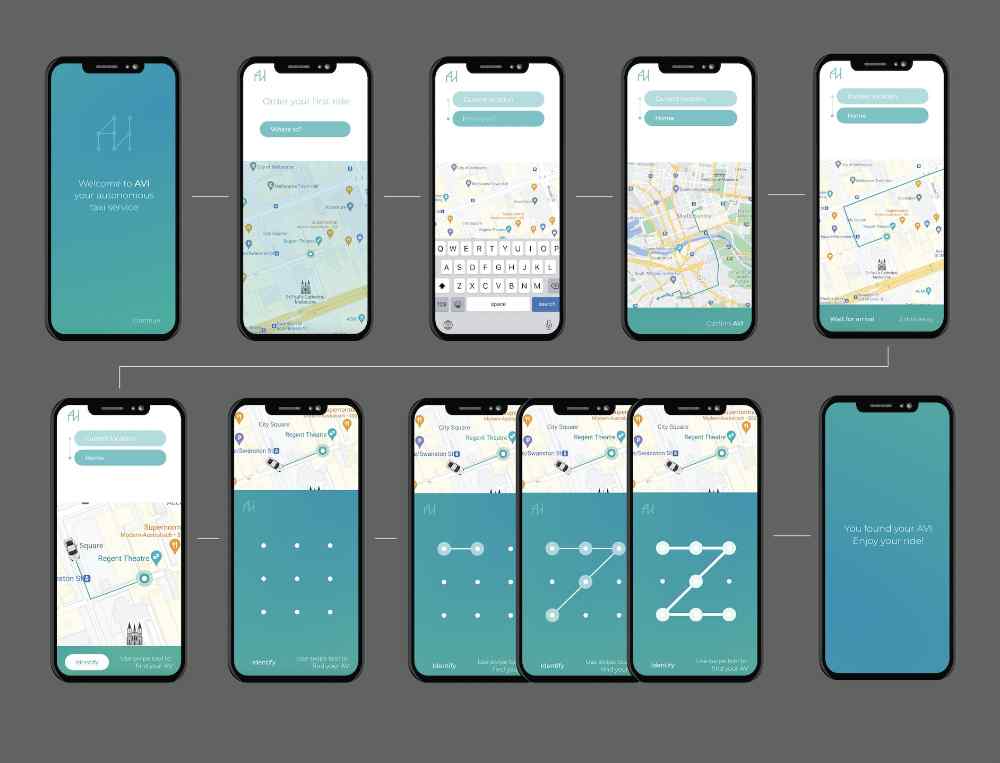
|
45. AVI by
Denise Kooter
(2020).
Two way communication between fully automated vehicle taxi and its passengers.
|
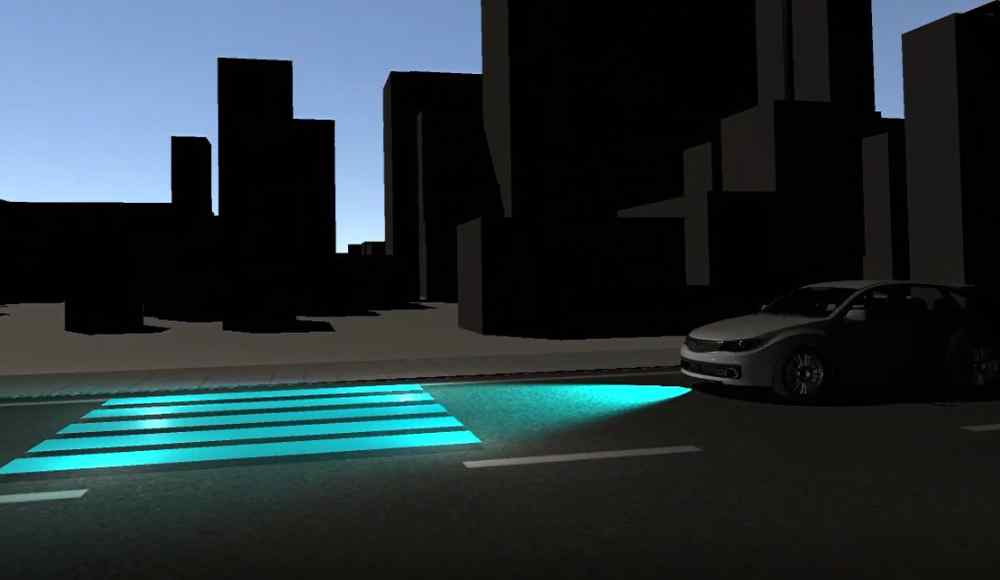
|
|
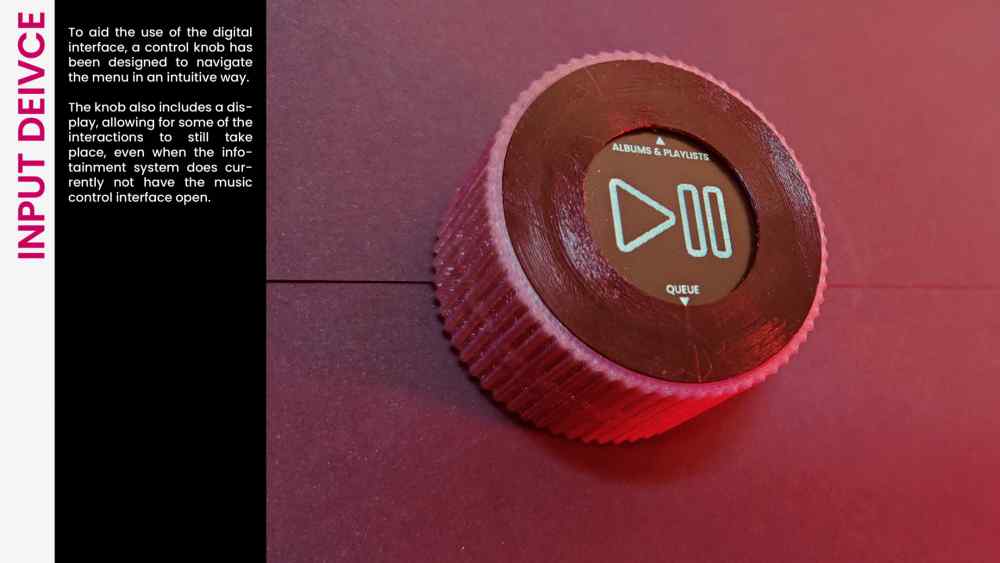
|
|
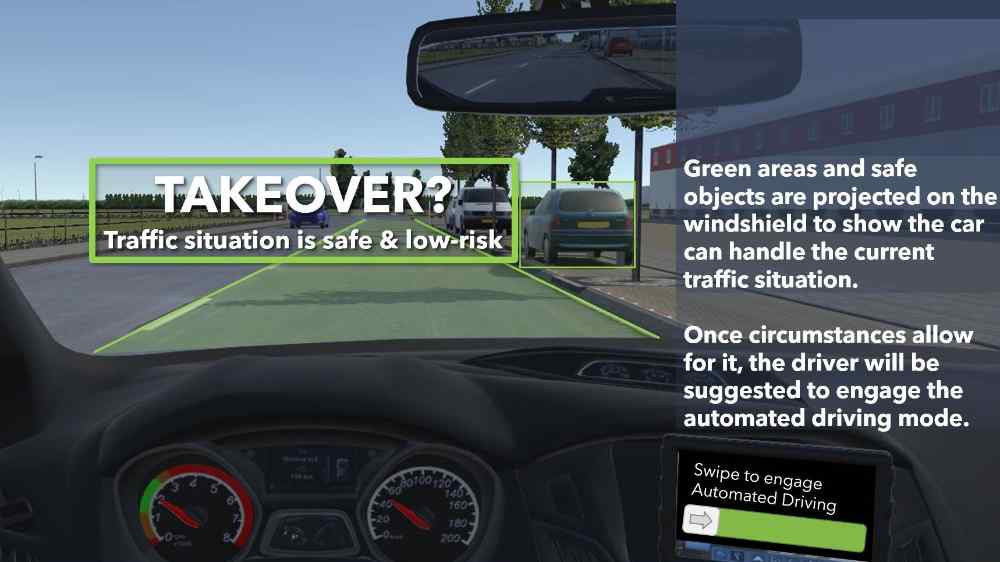
|
|
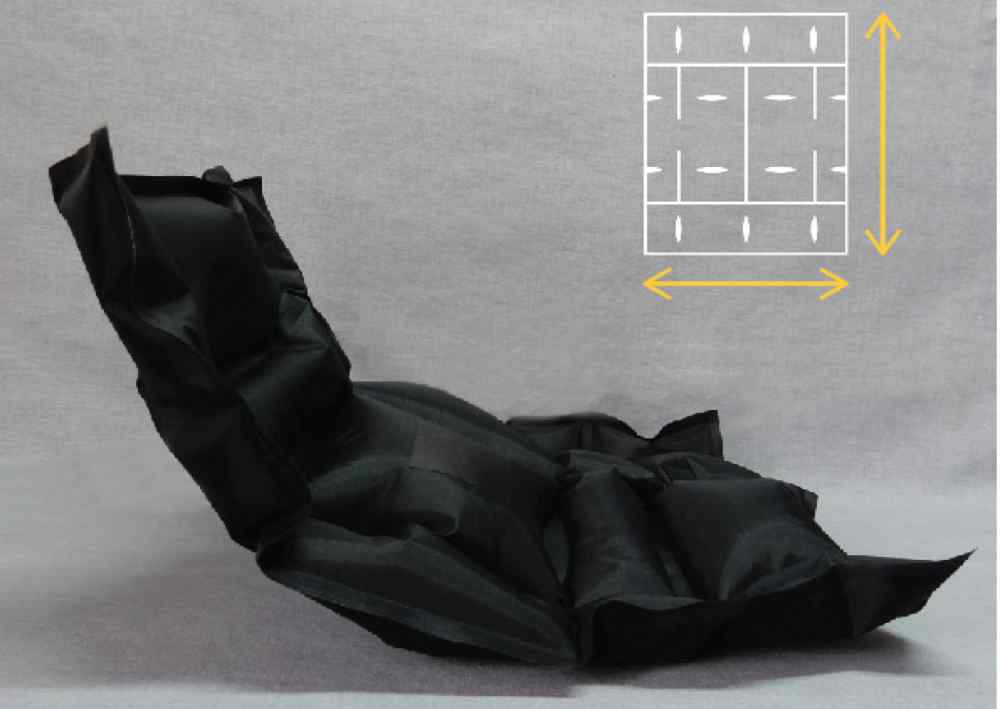
|
49. AeroAdaptive by
Caya Kors
(2020).
An interior that can change shape to allow more freedom and flexibility.
|
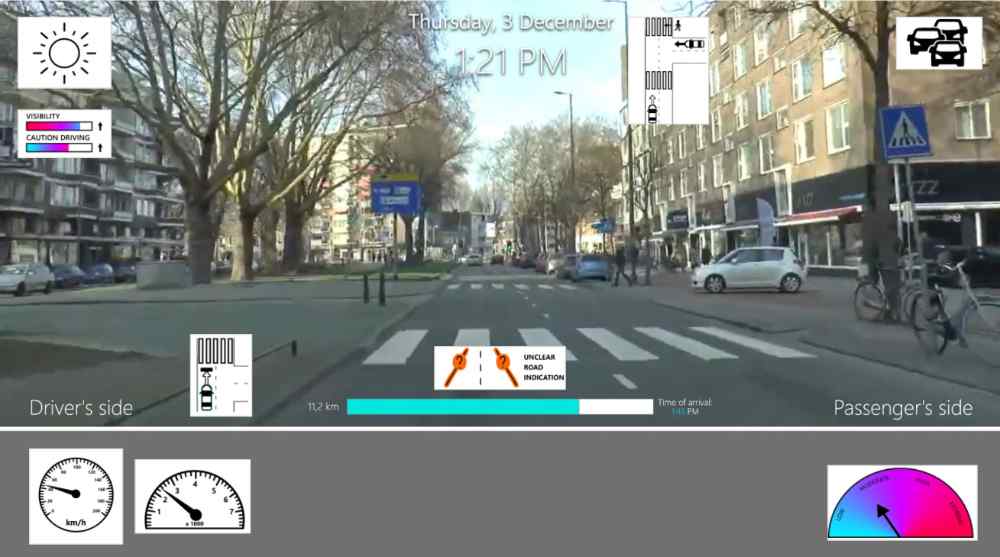
|
|

|
51. Whoosh by
Kyenno Scheepers
(2019).
Shape-changing interactive dashboard tackling sustainable automated driving in relation to the environmental factor wind.
|
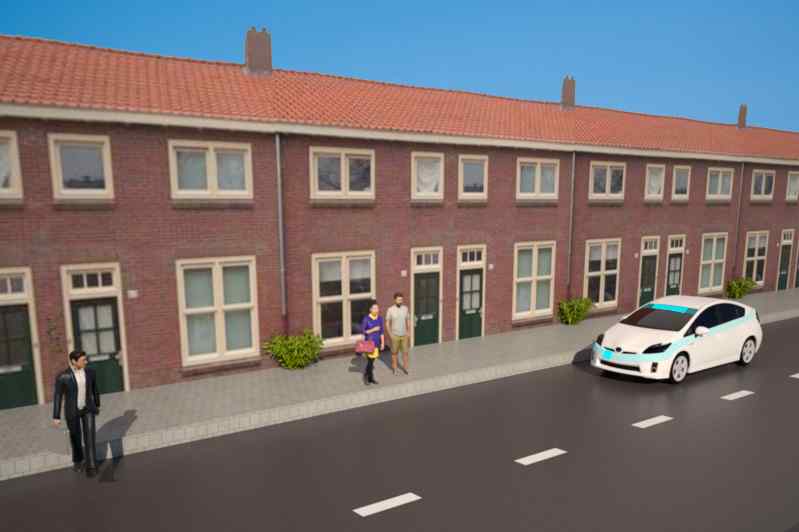
|
52. we-CAVE by
Thomas Pilaet
(2019).
An interface on the exterior of the car that can communicate the car’s situational awareness and intentions to other road users.
|
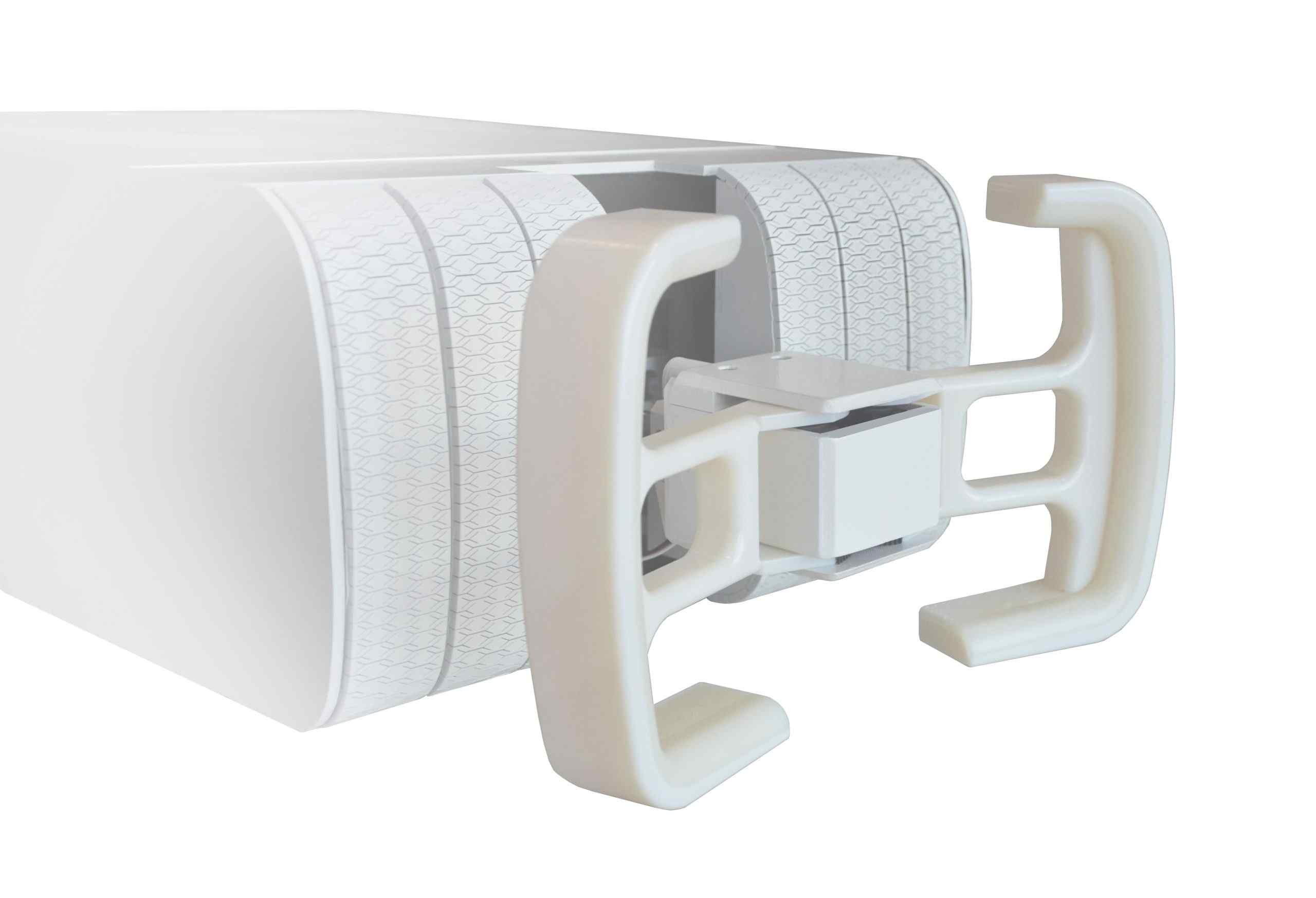
|
53. Shapewheel by
Jay Kolvenbag
(2019).
Physically facilitating the transition of control in level 3 automated vehicles.
|
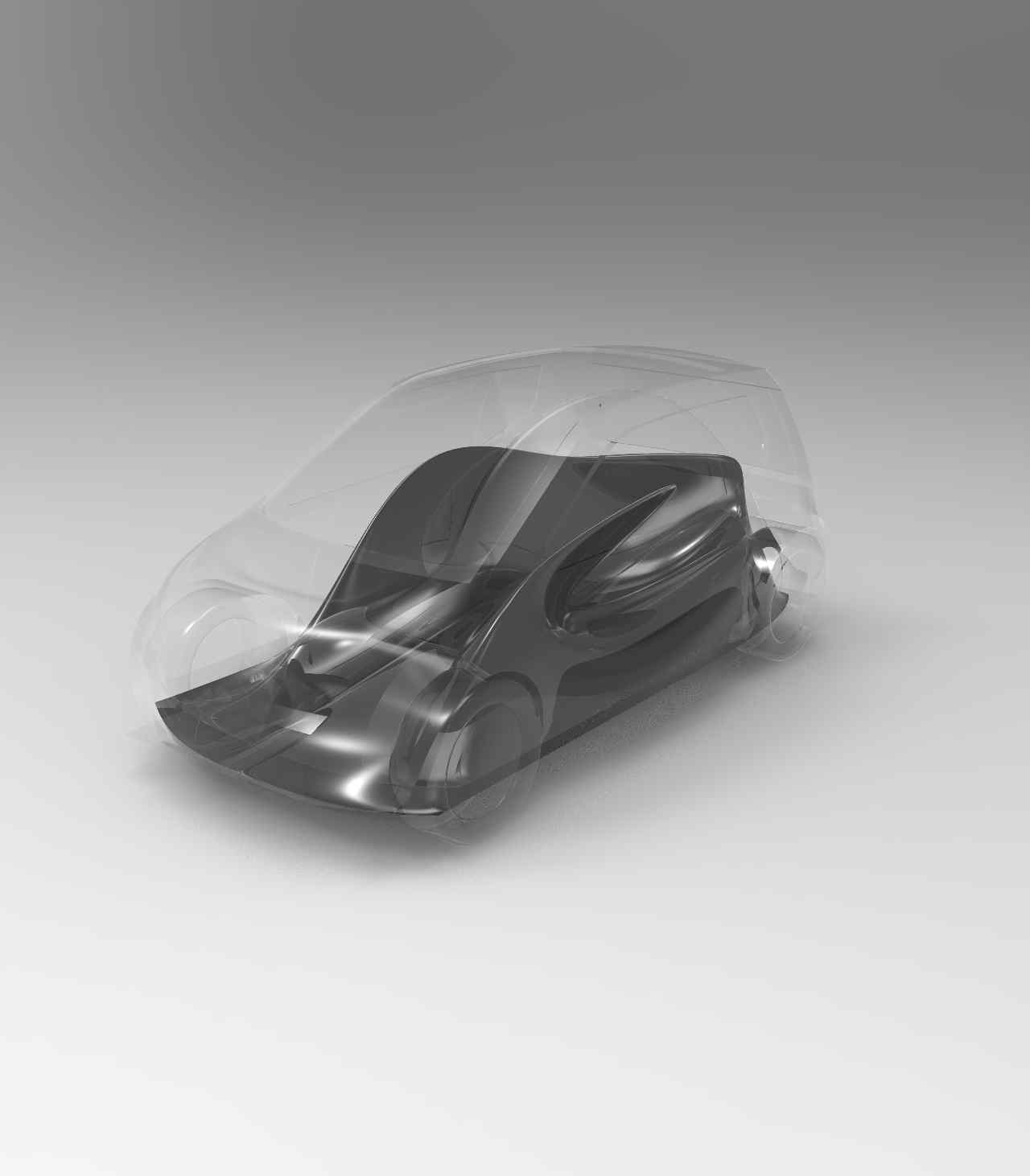
|
|
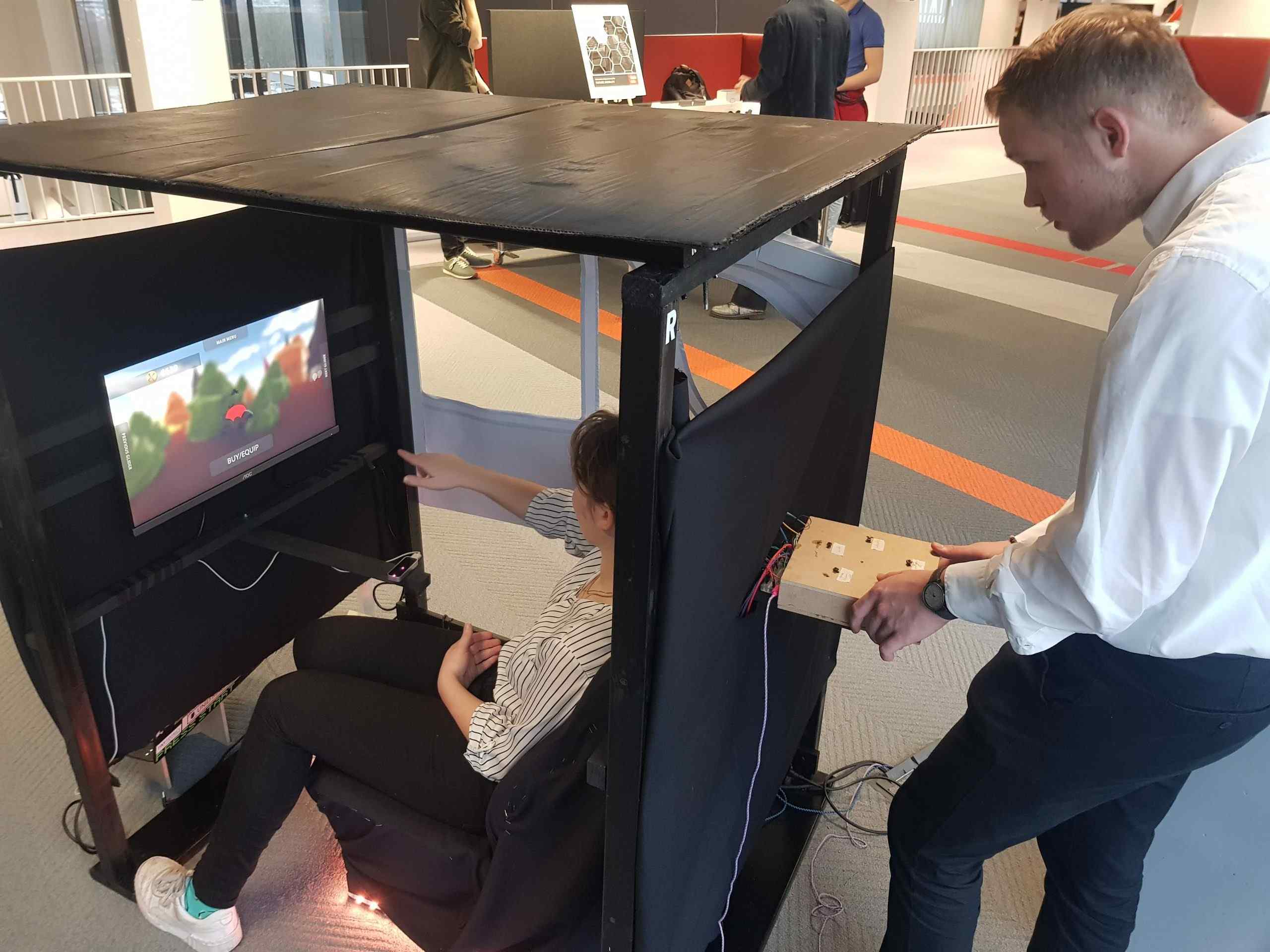
|
|

|
|
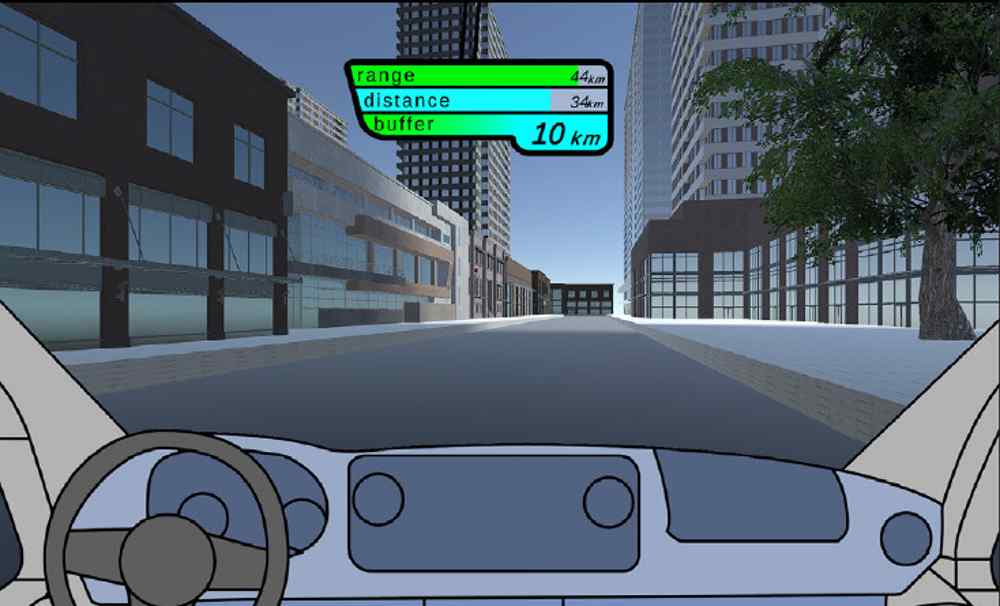
|
|
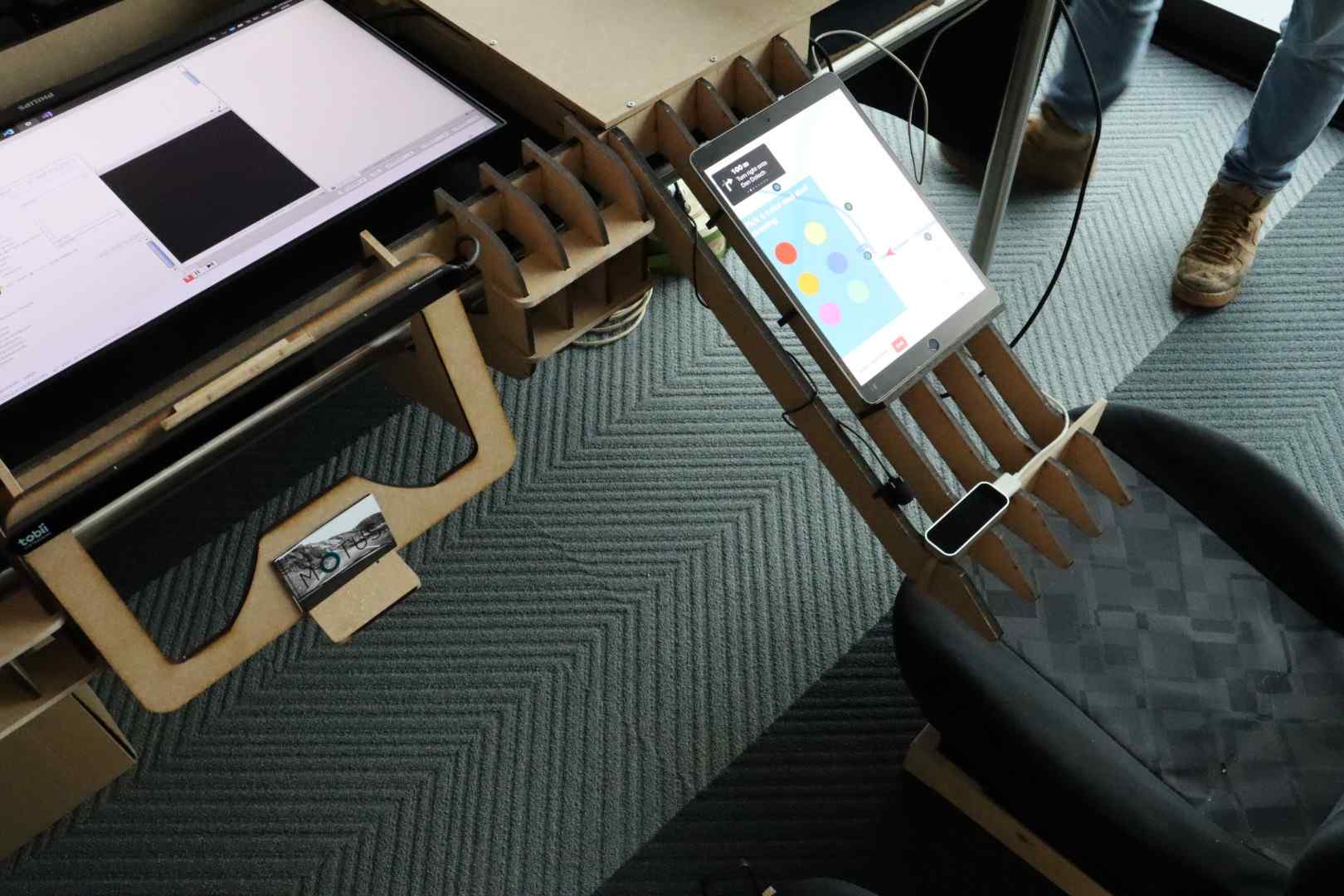
|
|

|
59. I-Orient by
Stephanie Slee
(2019).
An interactive city map of Eindhoven placed in the city bus connecting airport and railway station.
|
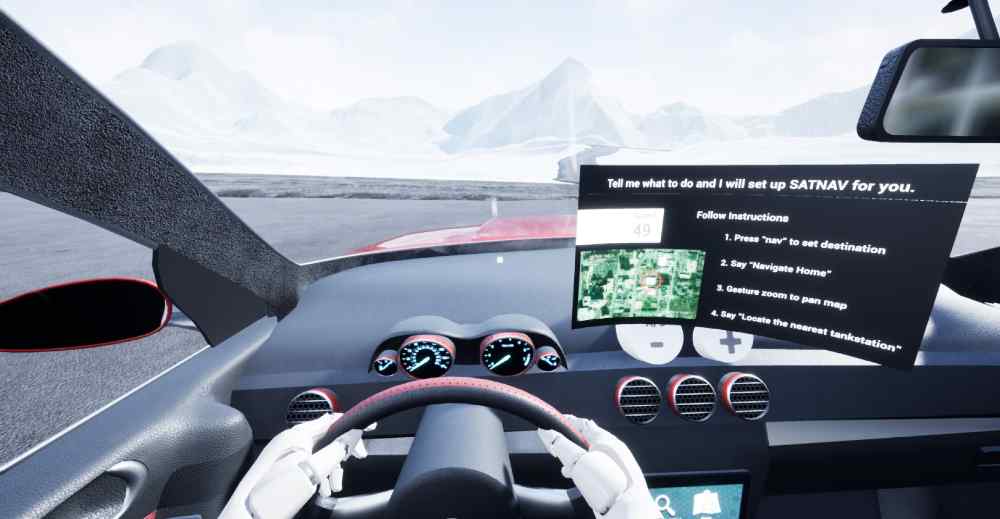
|
|
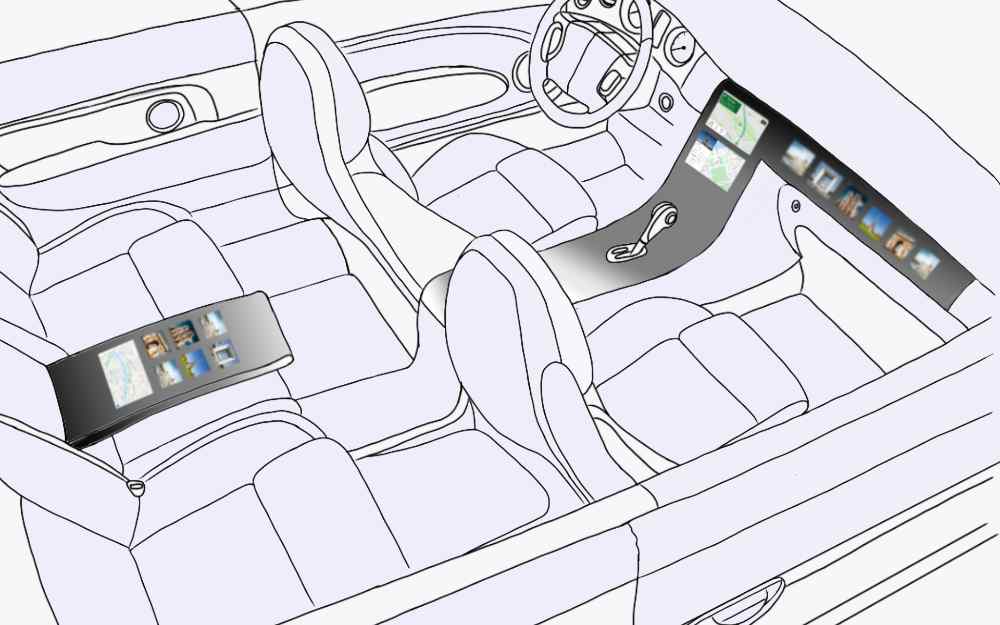
|
|
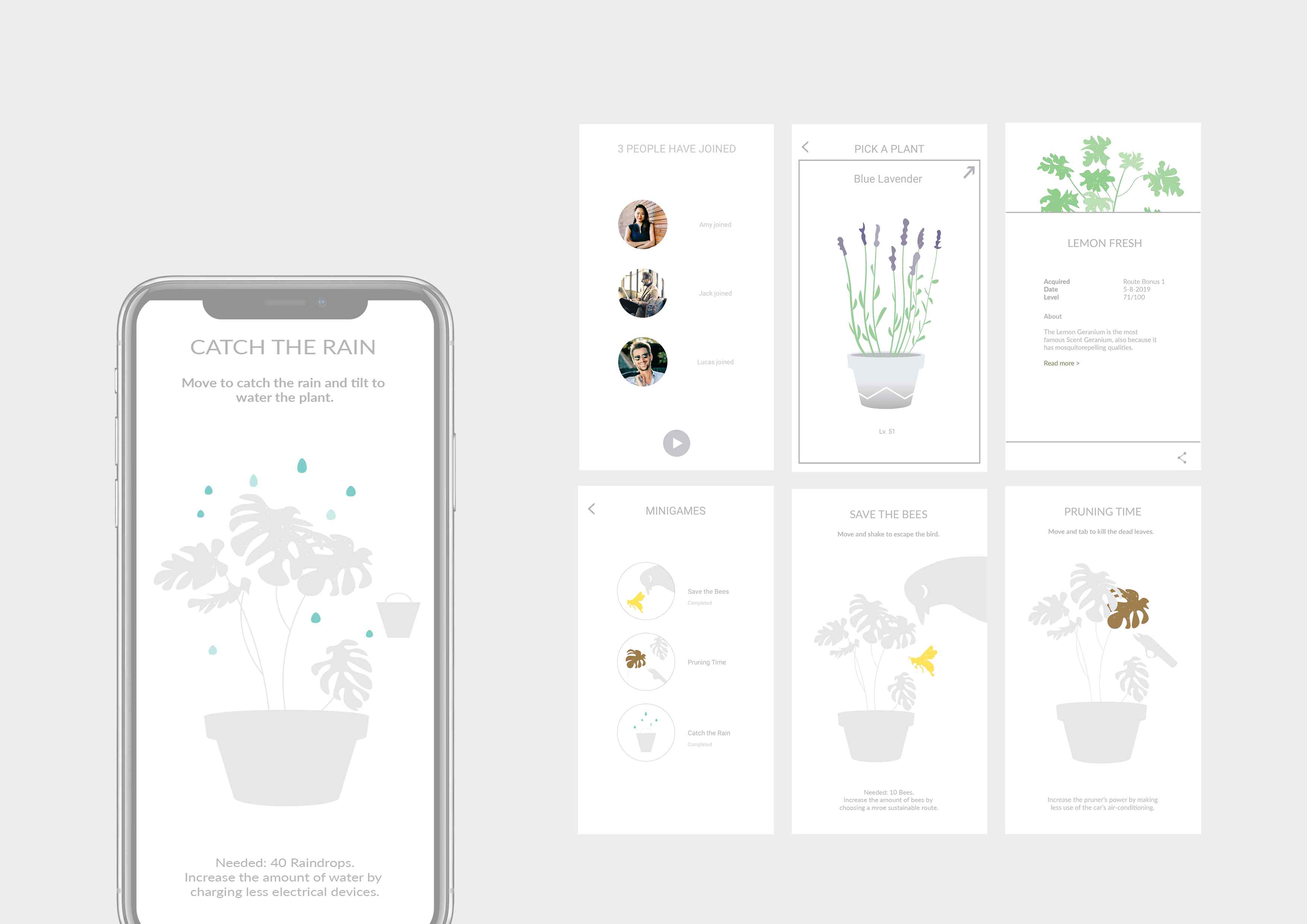
|
|
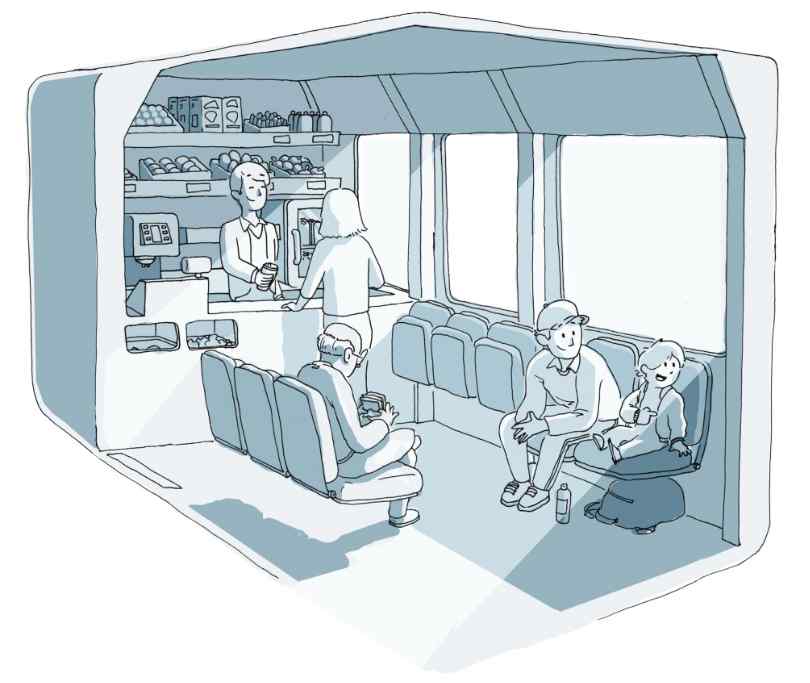
|
|
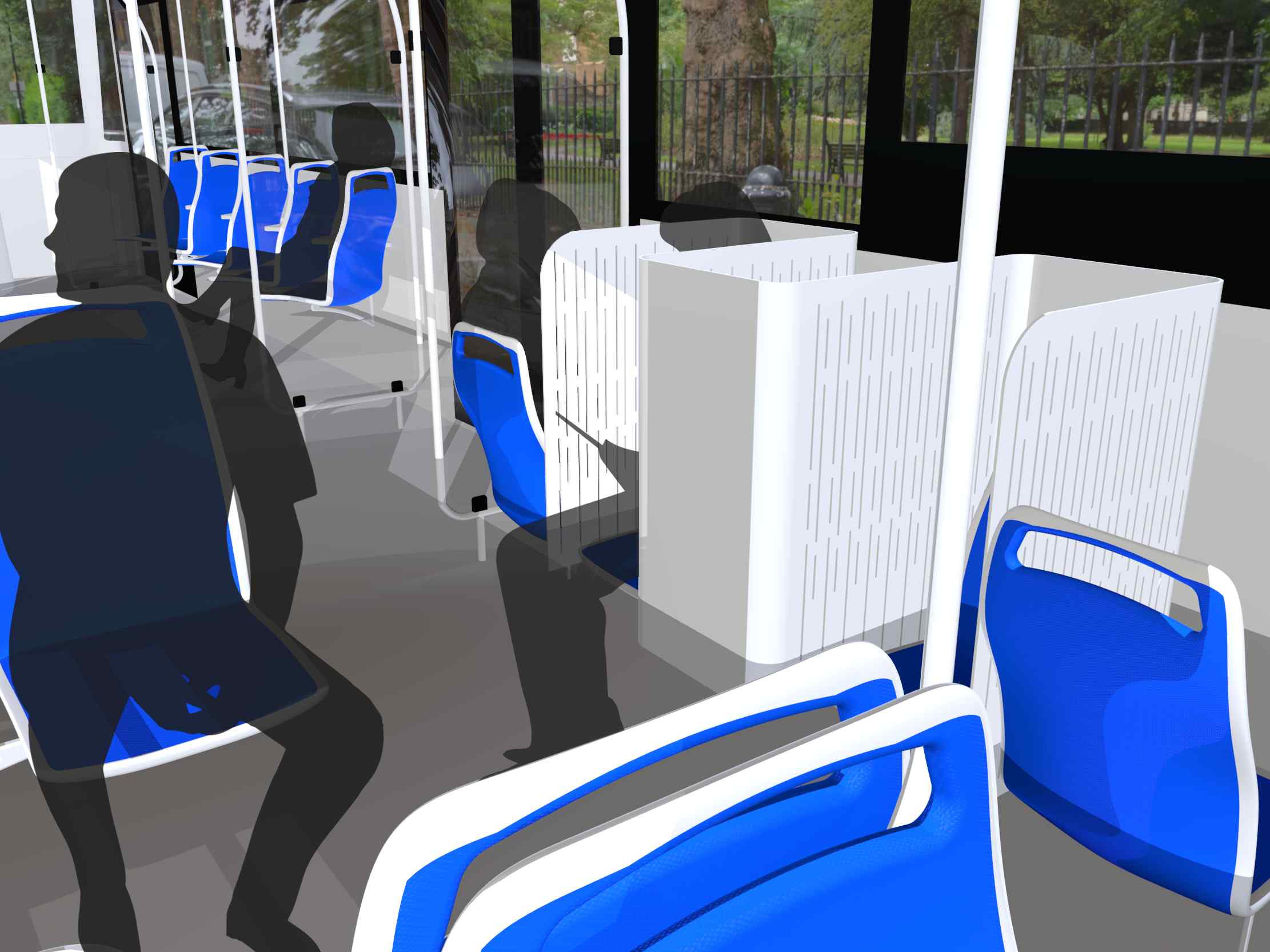
|
|
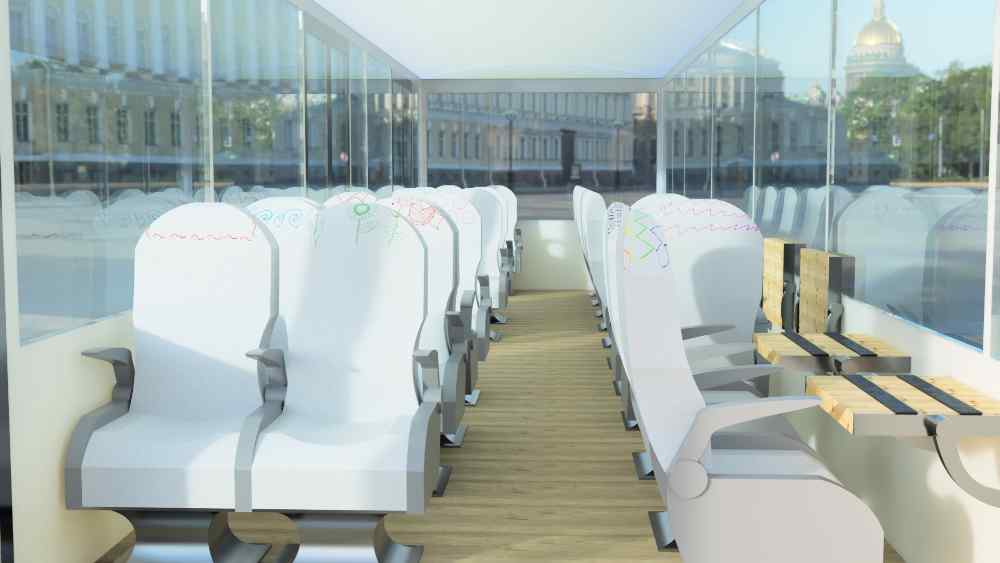
|
|
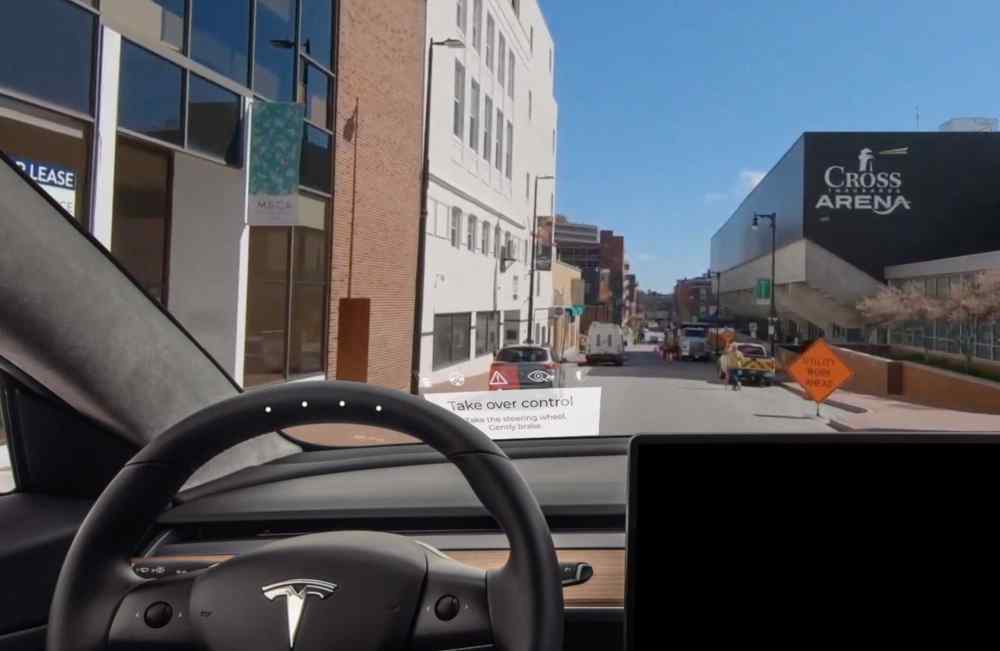
|
|
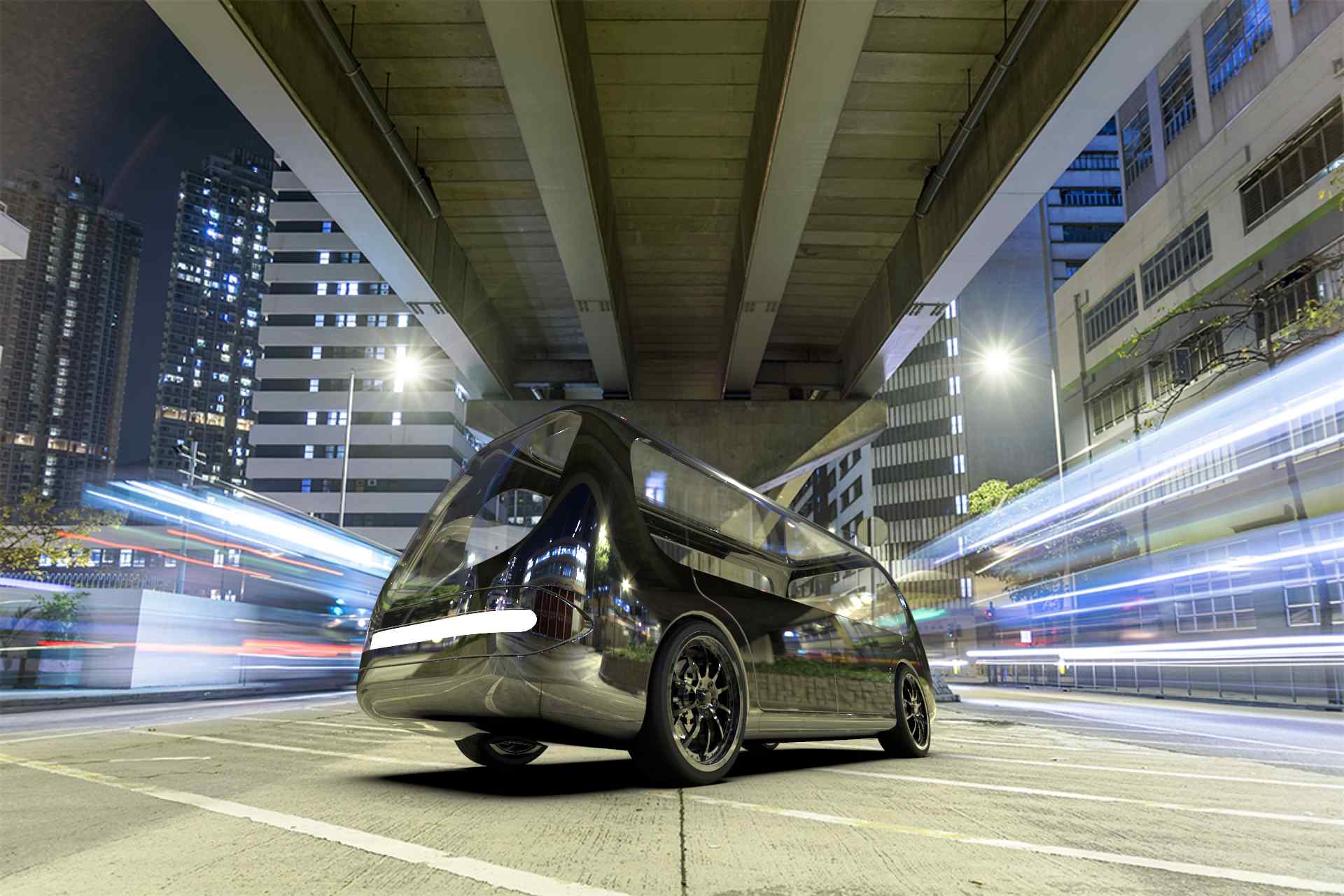
|
|
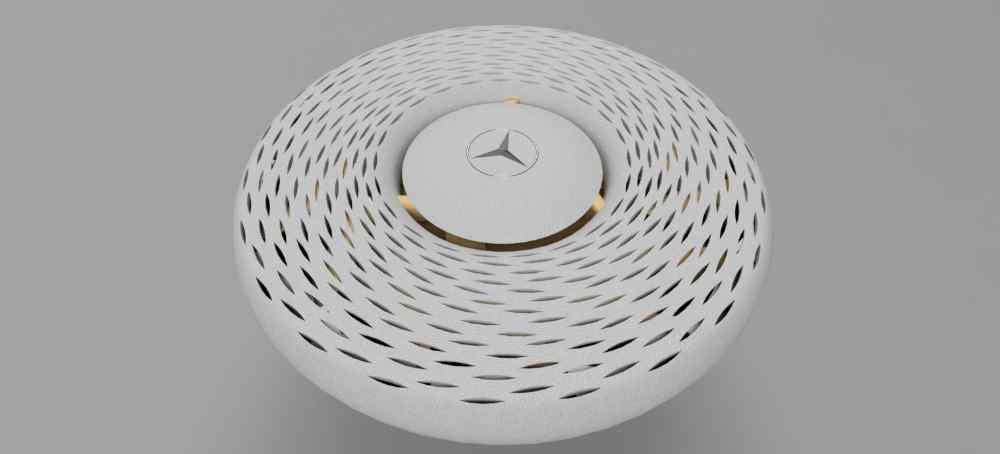
|
68. Bloomn by
Charlotte Bording
(2019).
Steering wheel that blooms open when the user wants to drive and fold in to devolve in mode of automation.
|
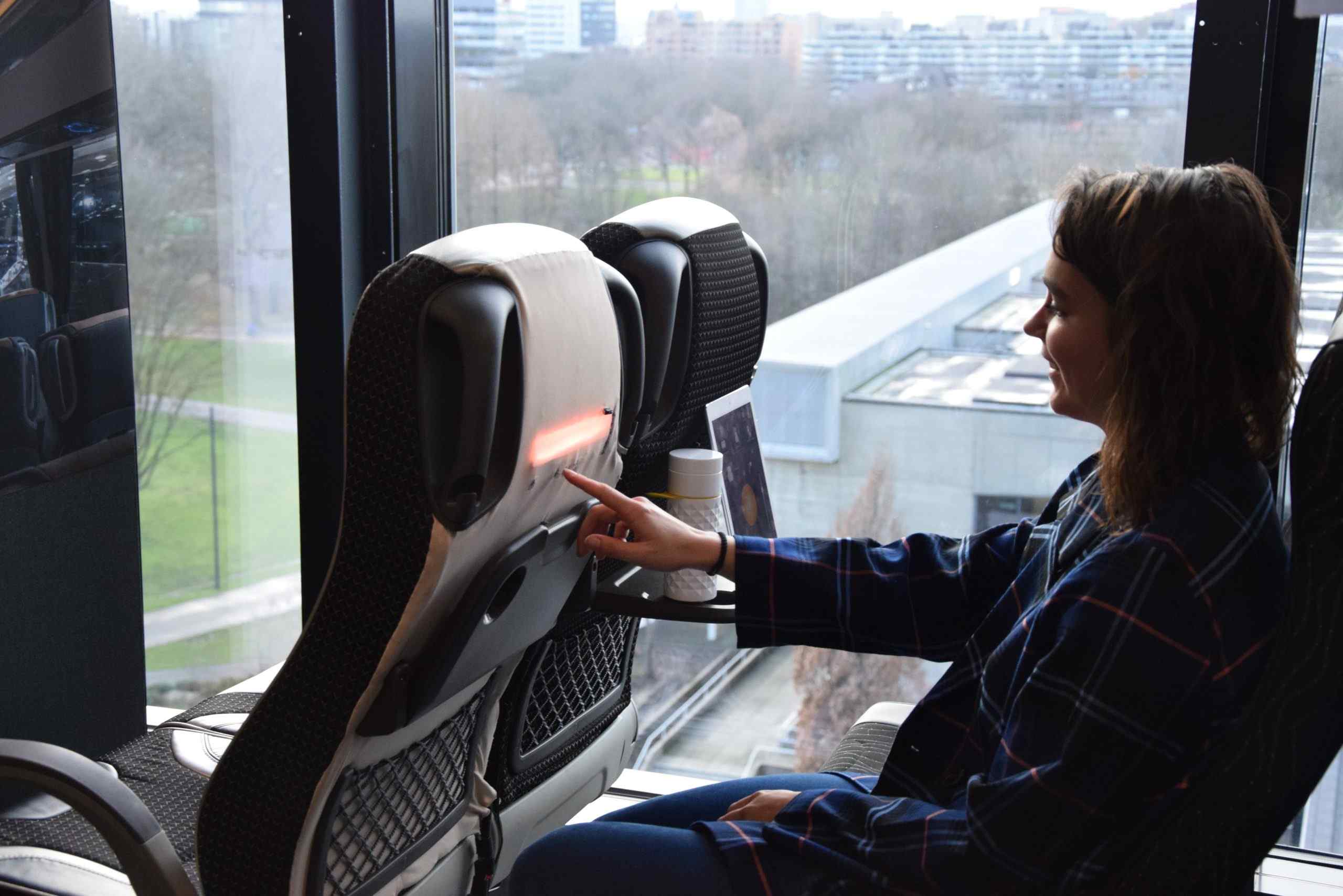
|
69. Ambius by
Verindi Vekemans
(2019).
A light-system integrated into a bus seat that creates a personal ambiance. This light-system helps to improve the travel experience of travellers.
|
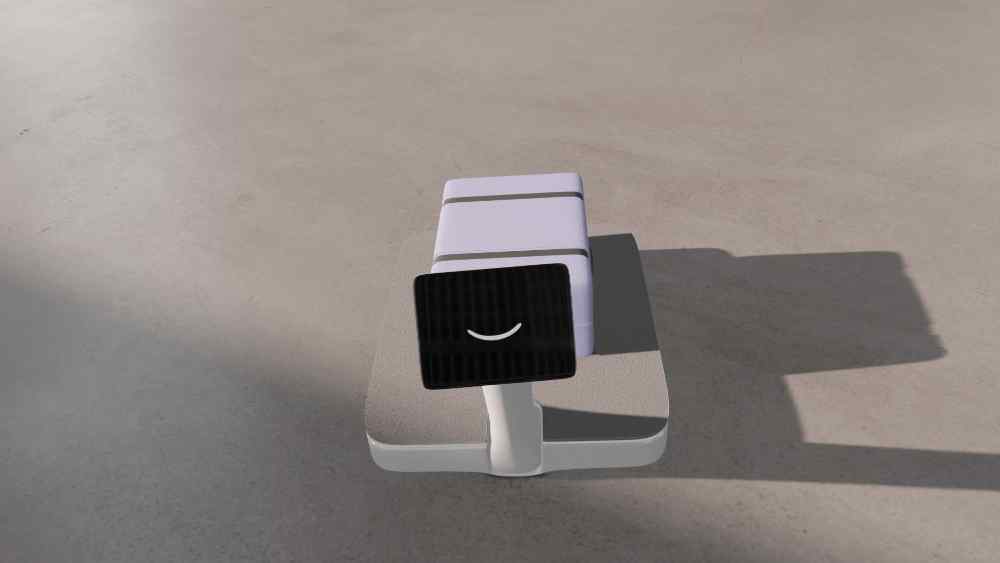
|
|
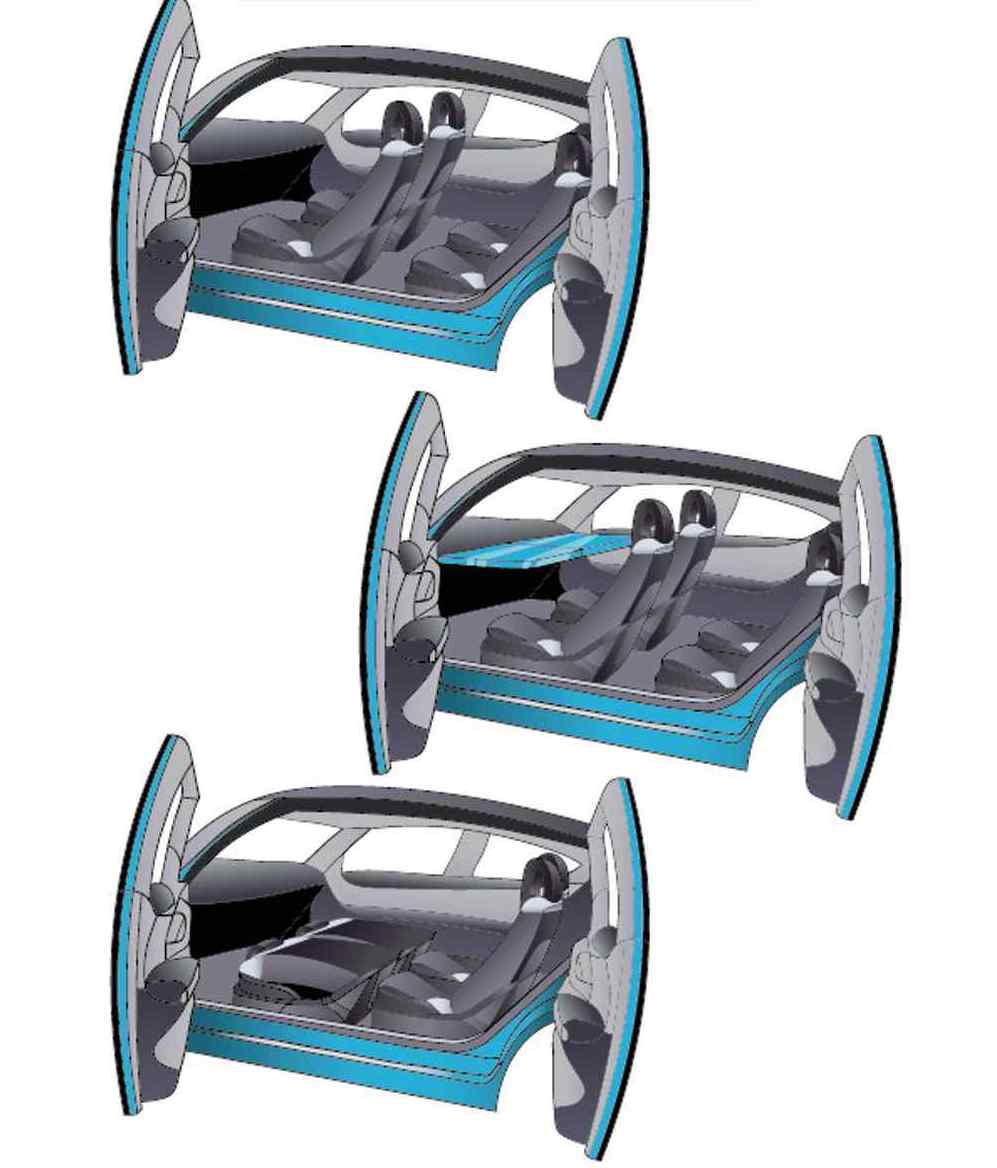
|
|
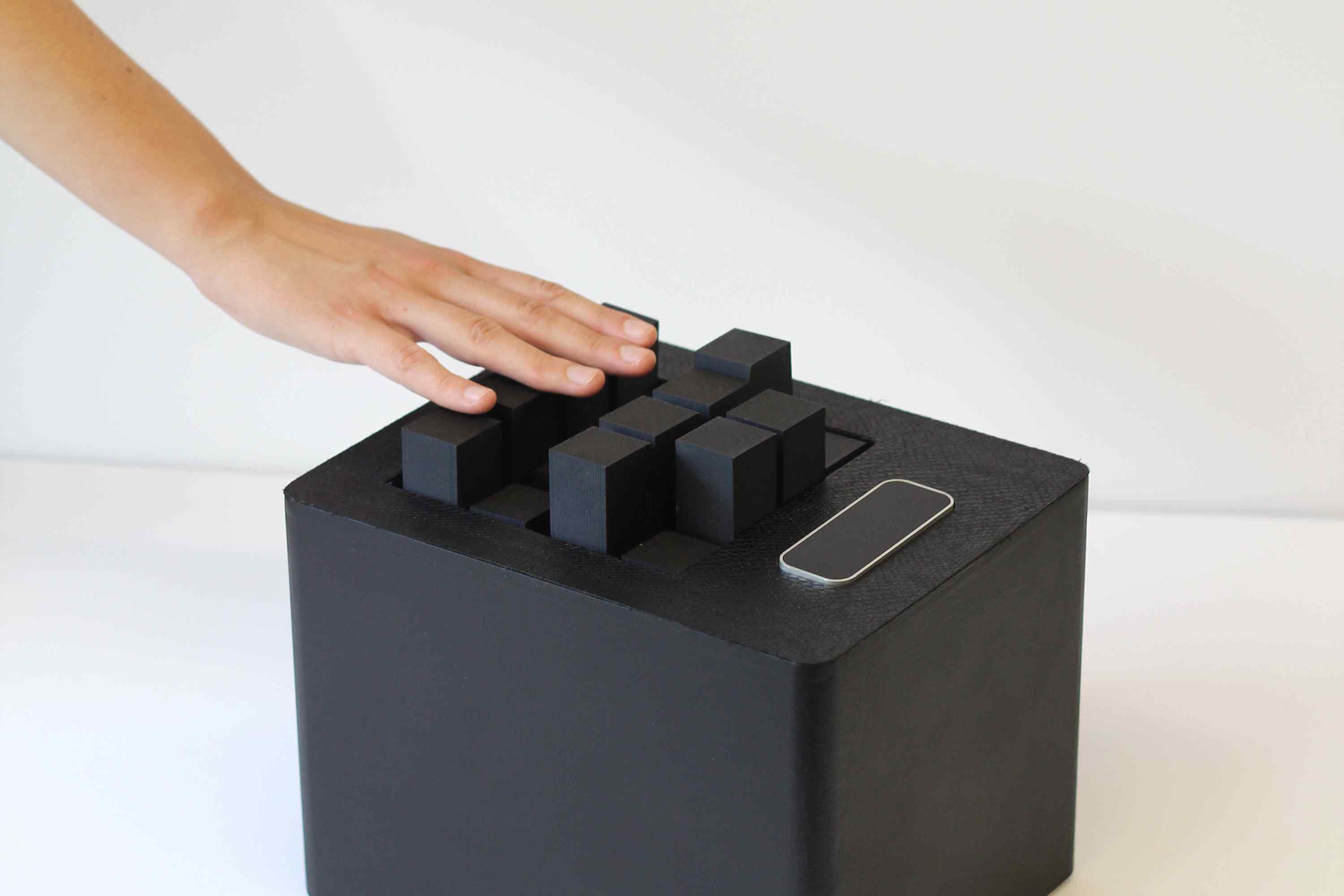
|
|
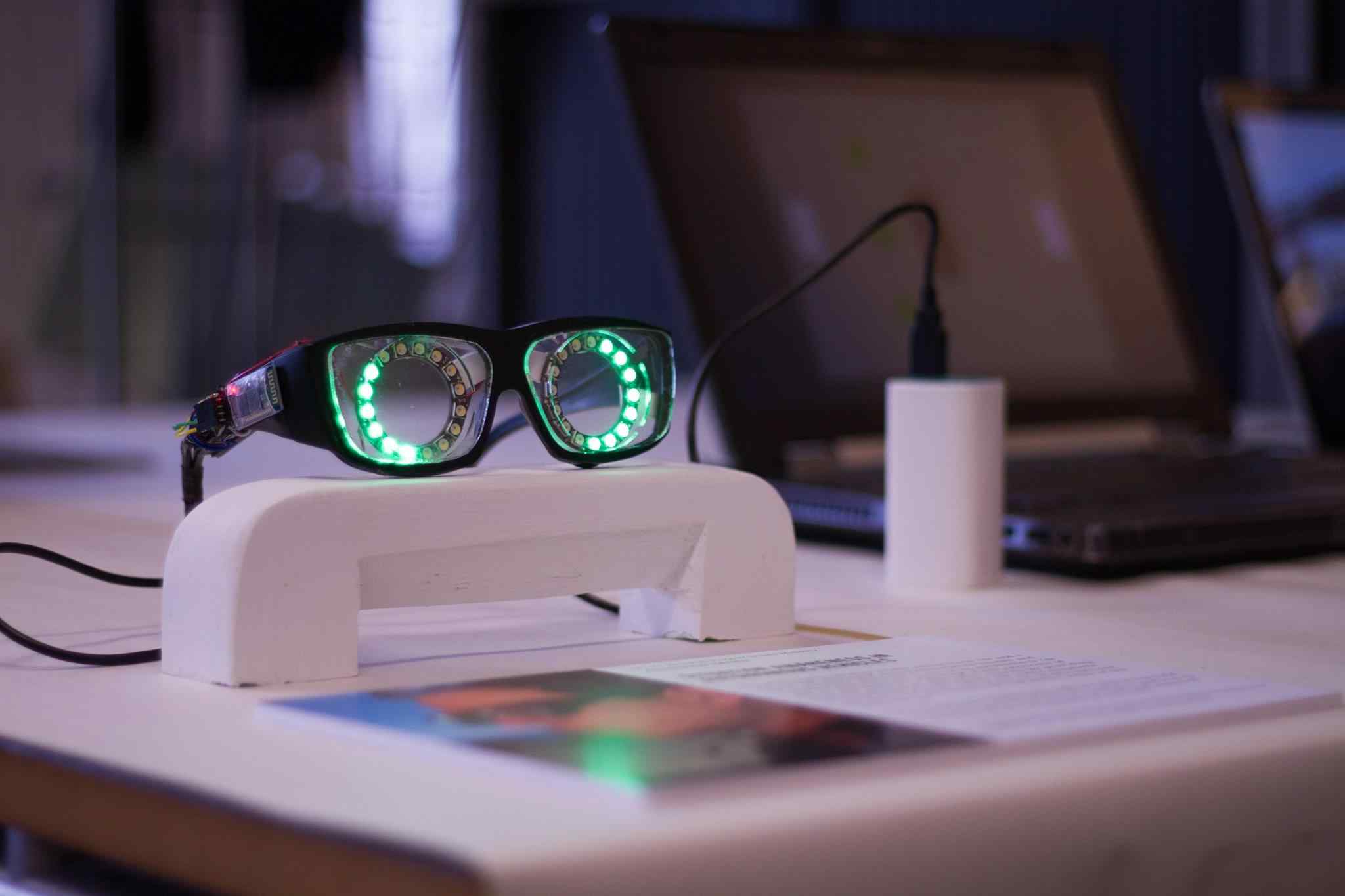
|
|
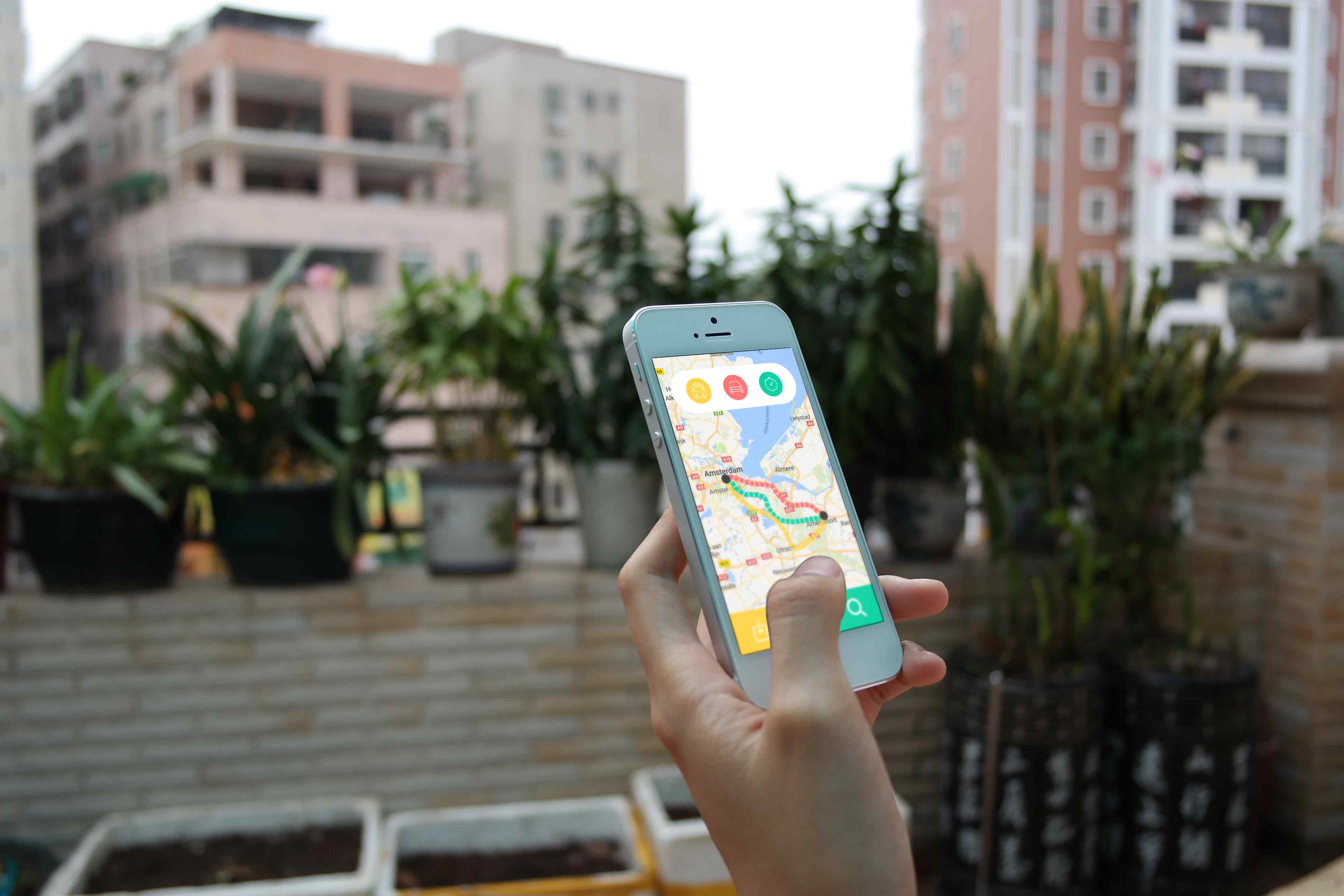
|
74. PIP by
Milou Bruinenberg
(2017).
A personal planning application which provides the user with the available travel possibilities.
|
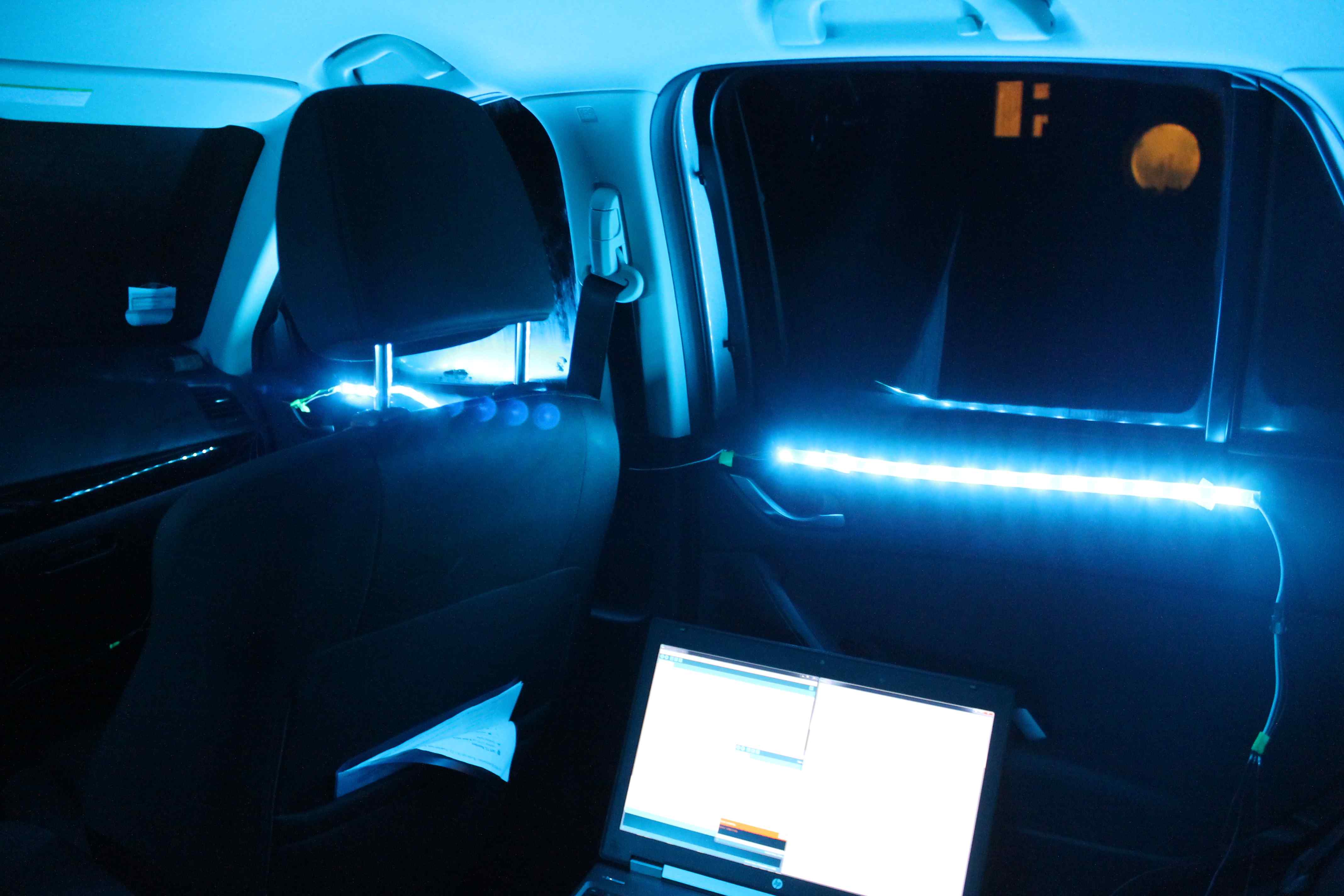
|
75. SAS by
Donovan Lewis
(2016).
An information system designed for semi– and fully automated vehicles which uses light to discreetly inform passengers in a non-disruptive way about the vehicle’s next action.
|
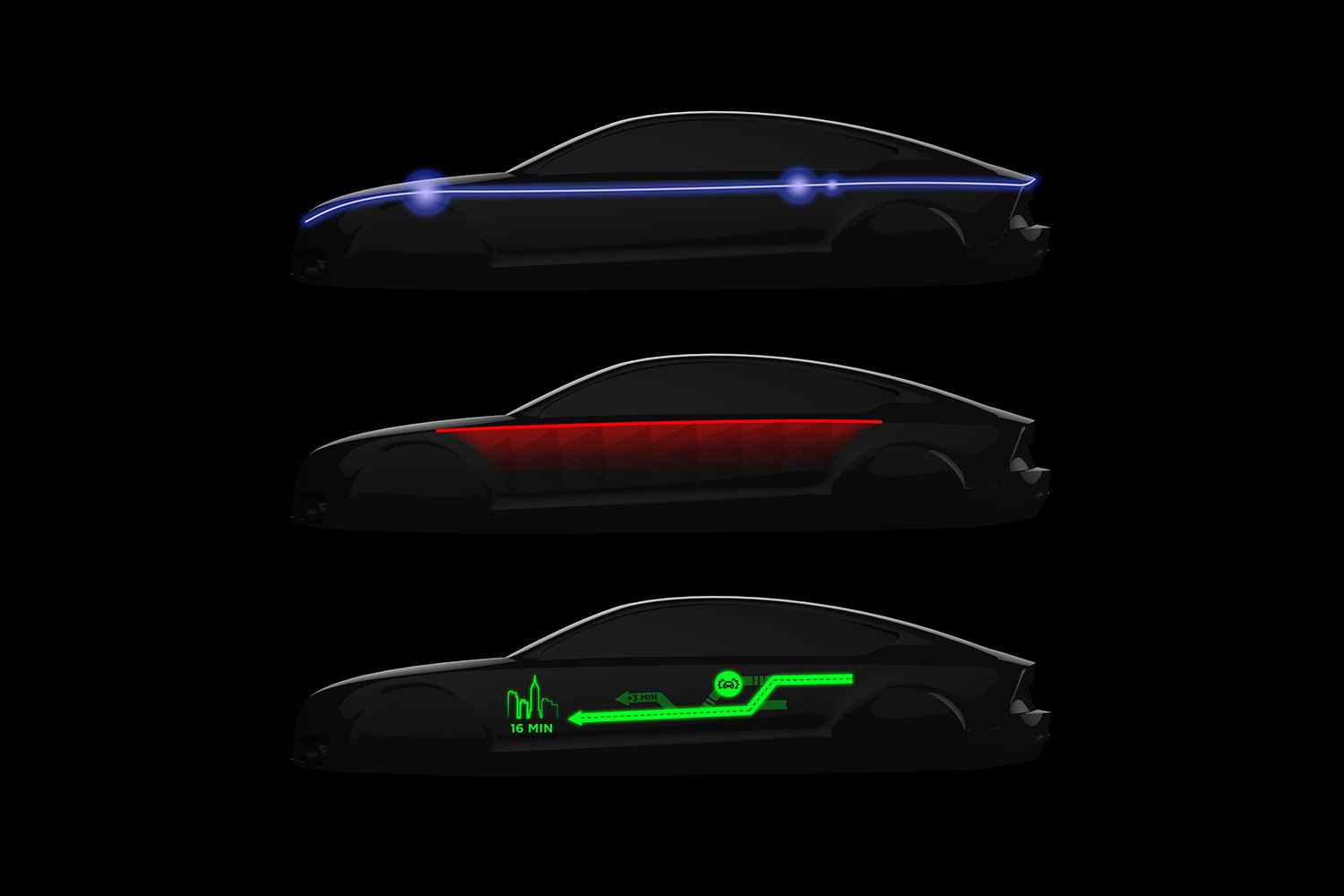
|
|
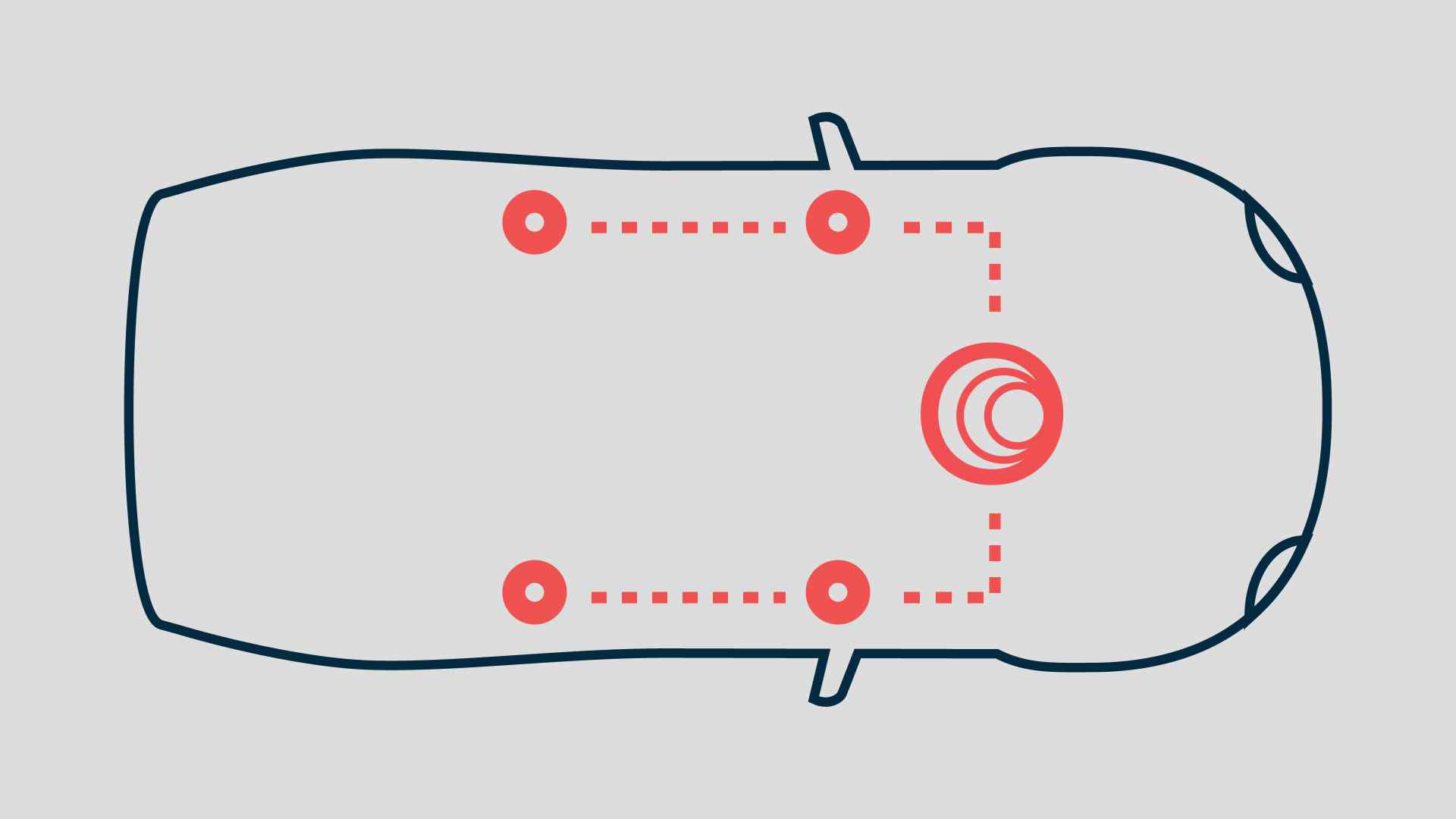
|
|


























































































































































